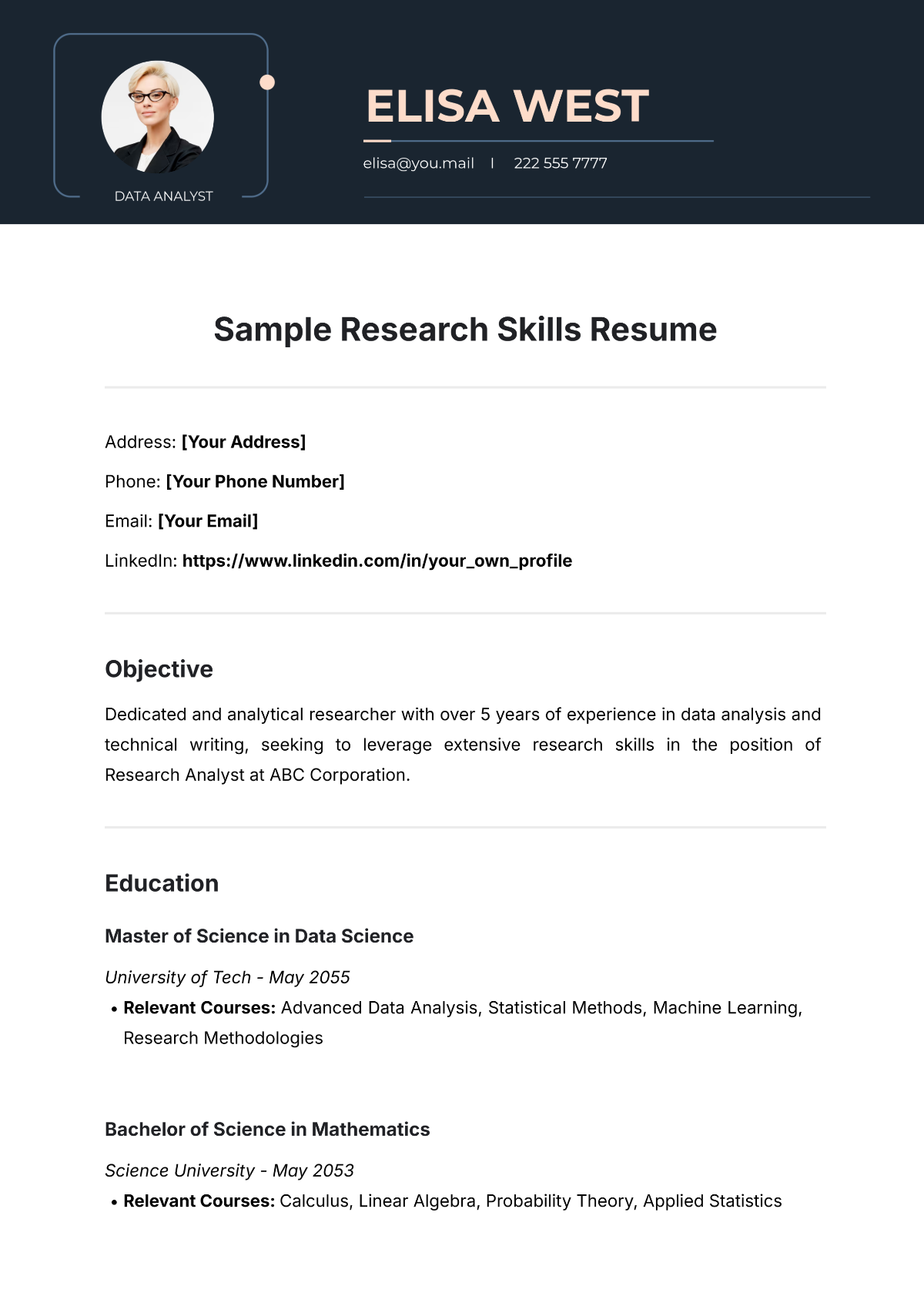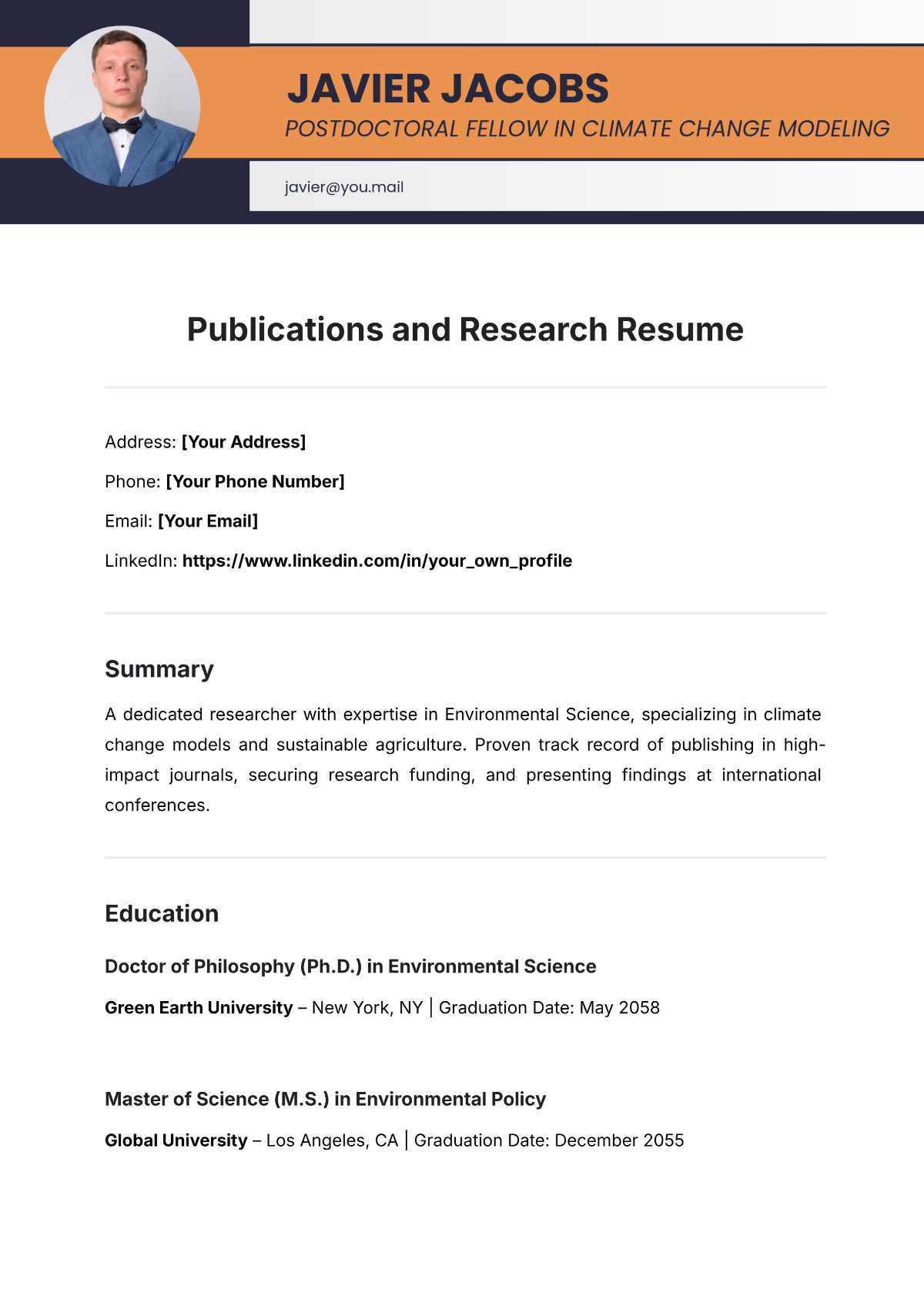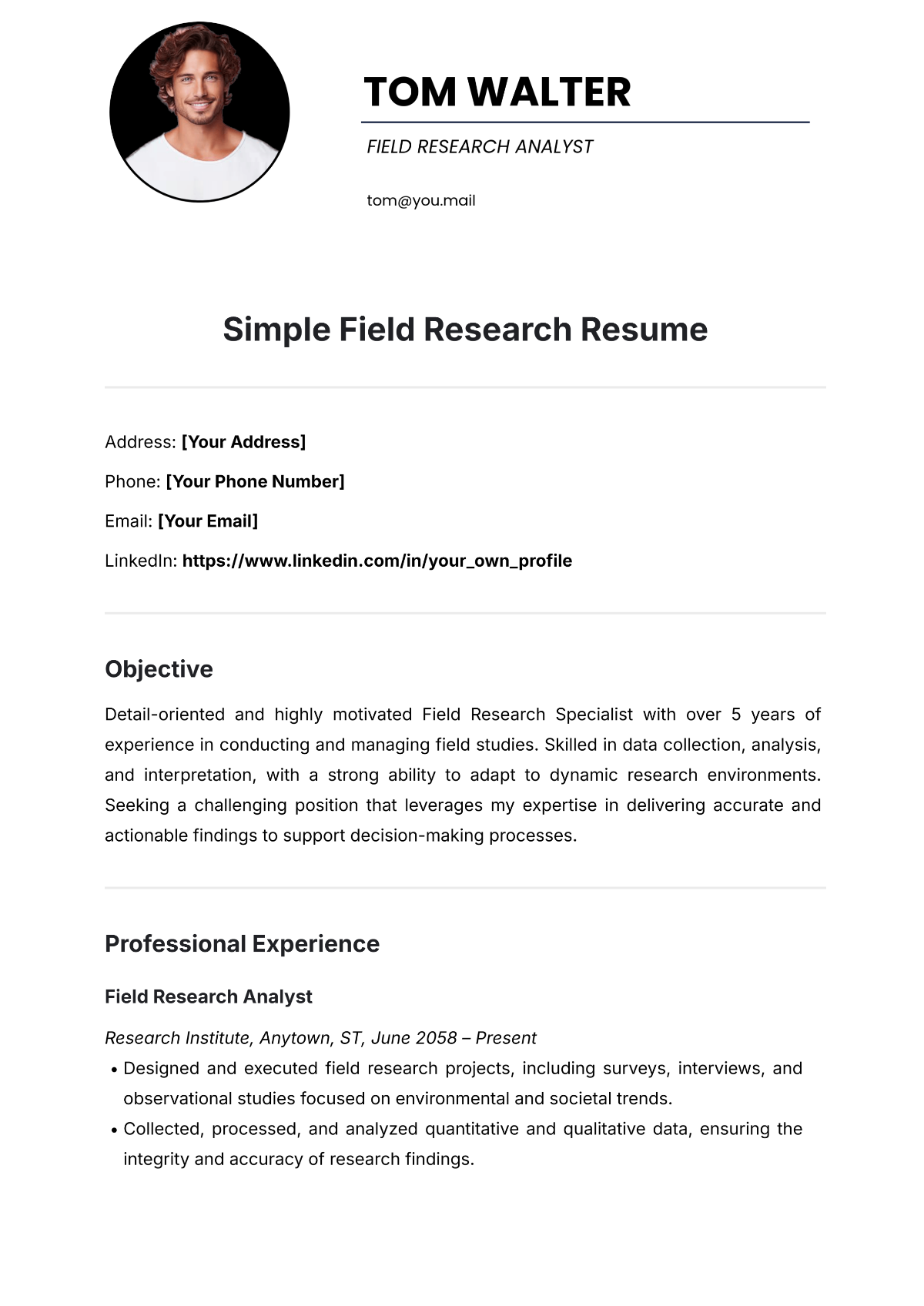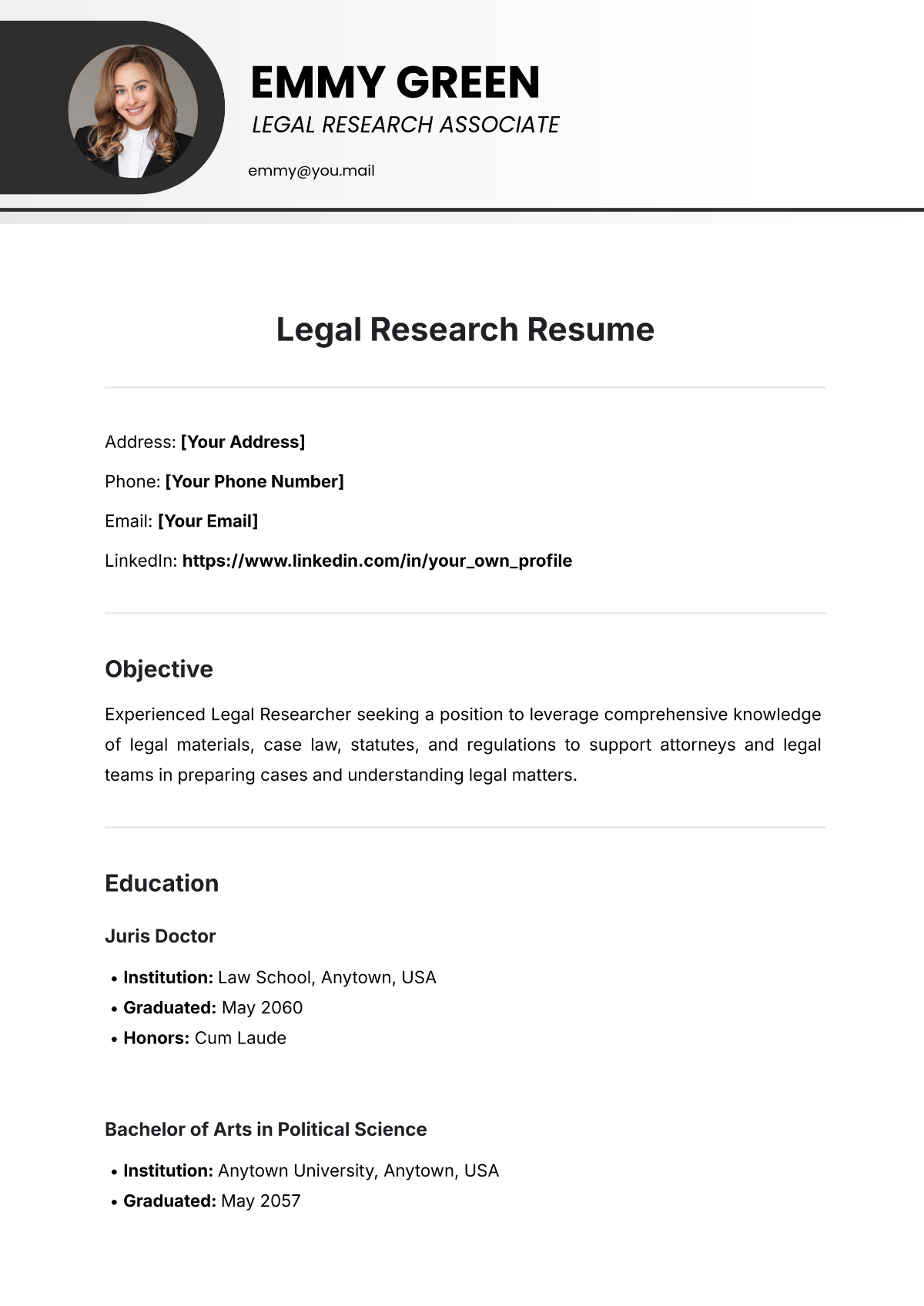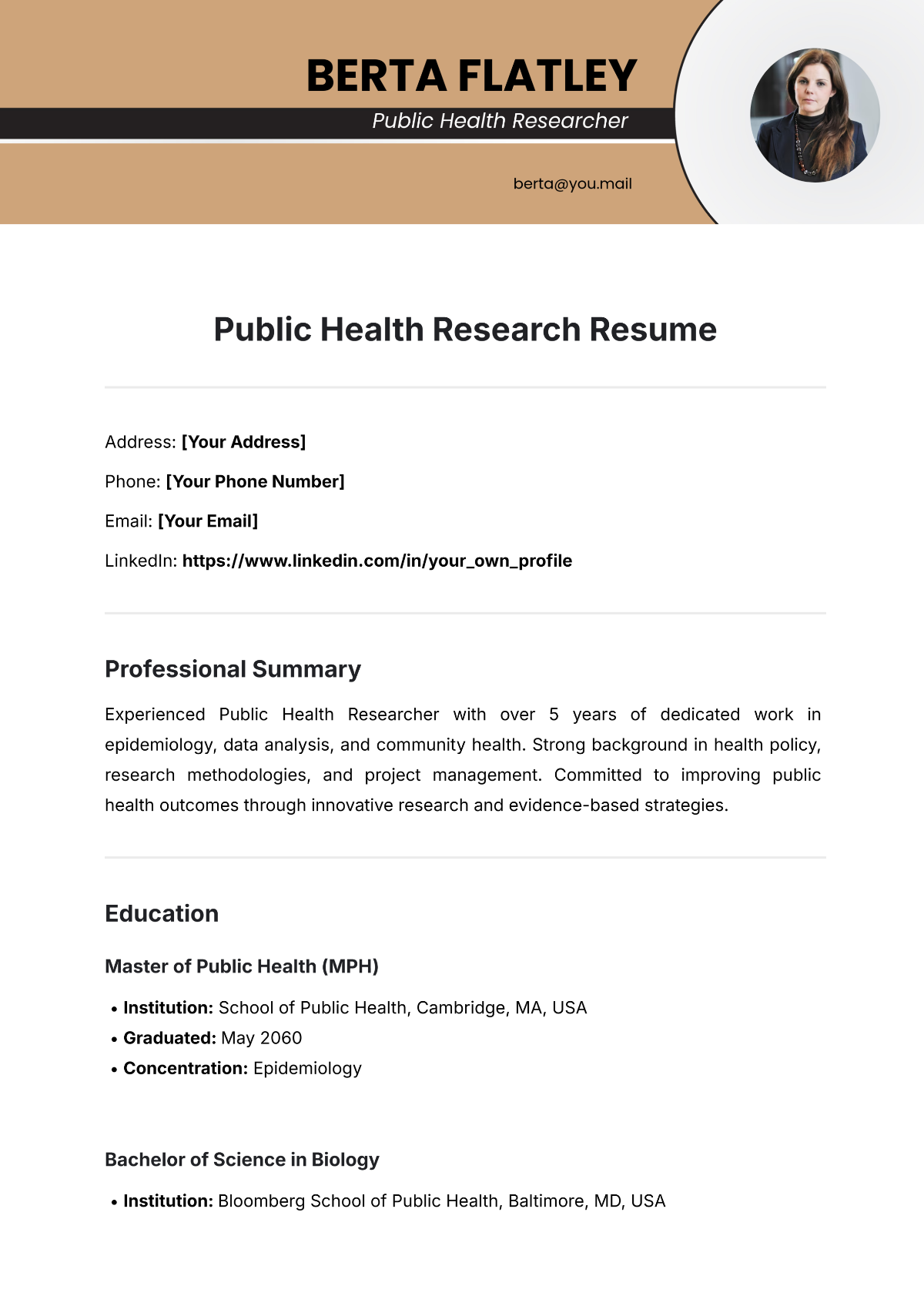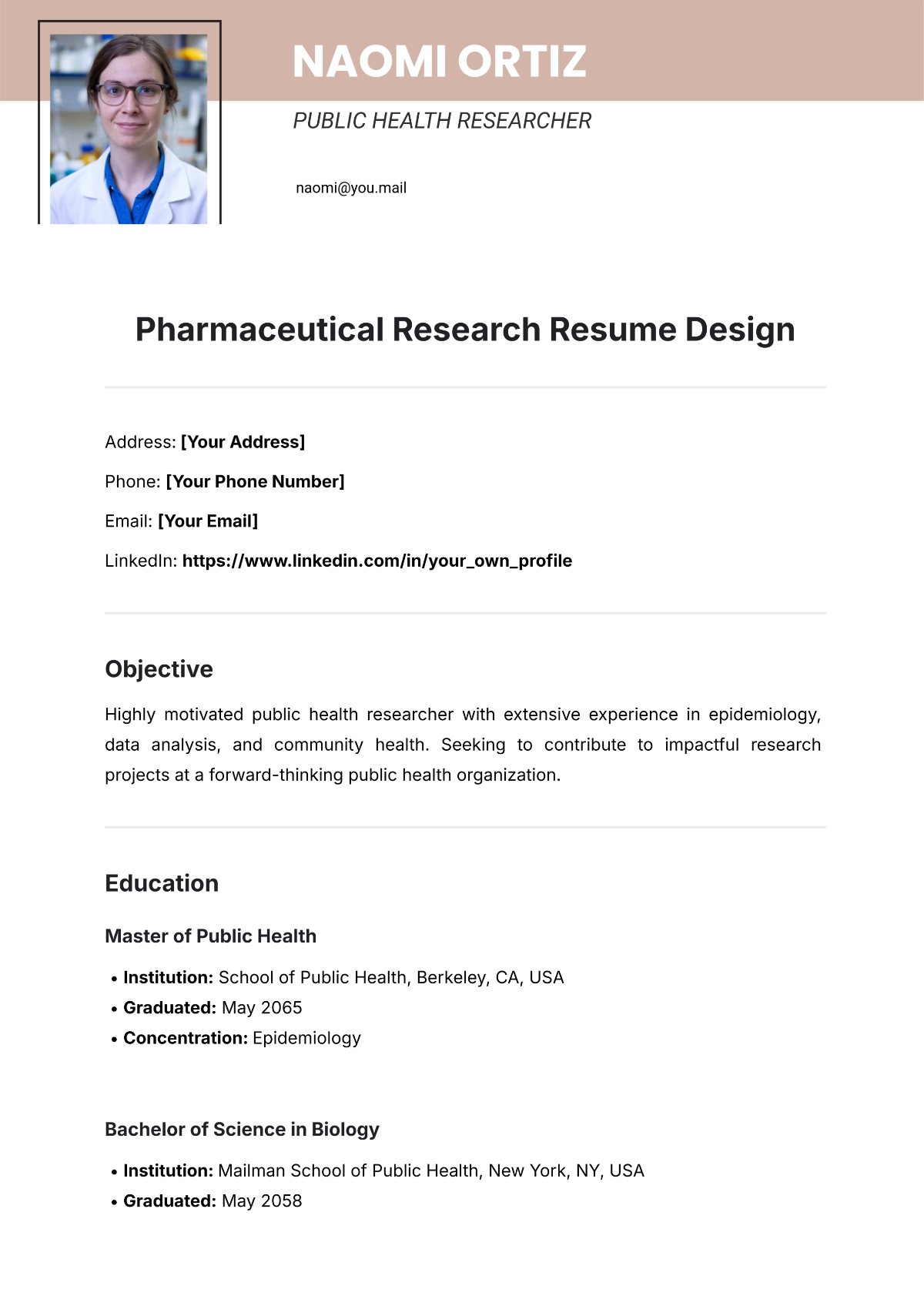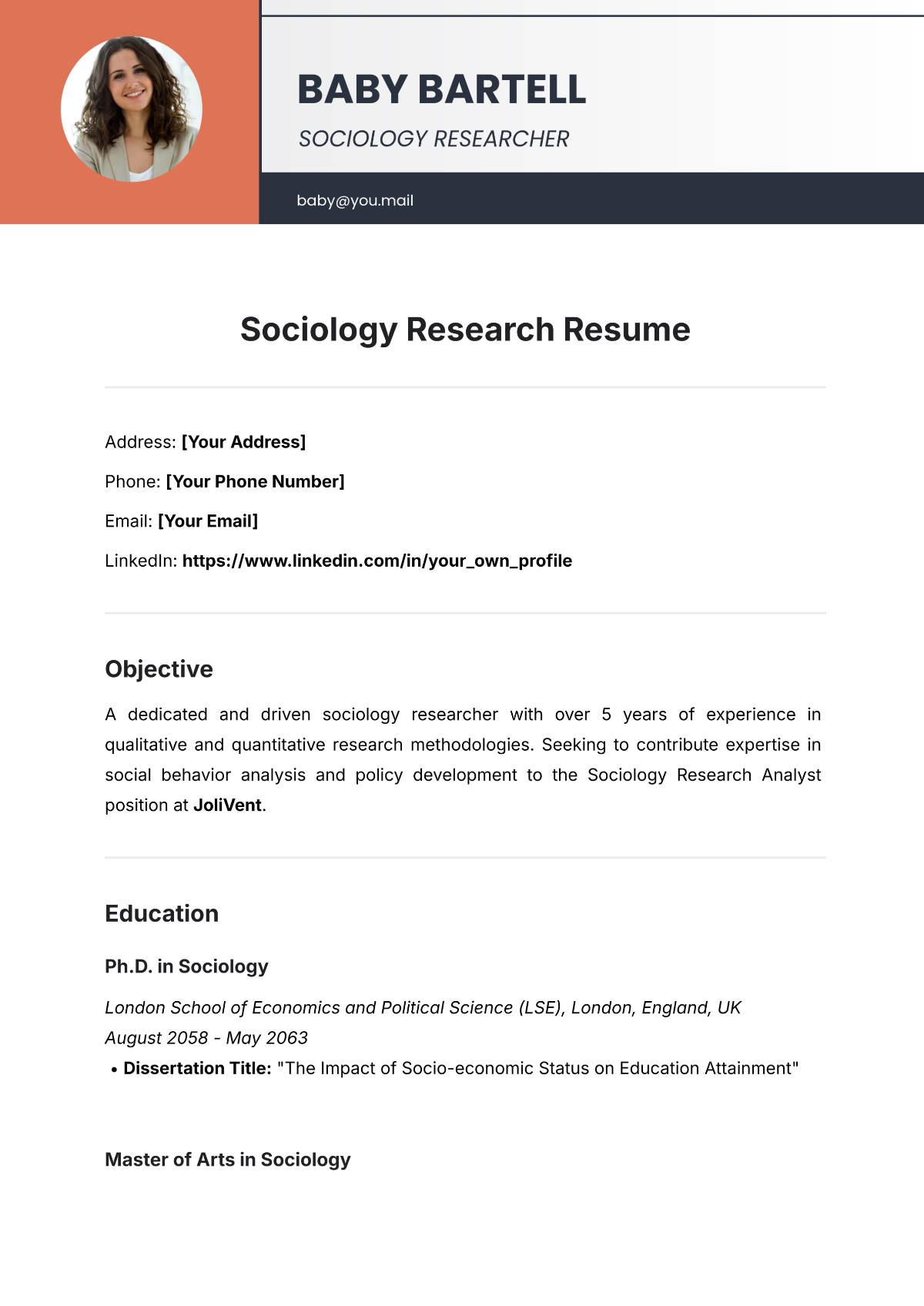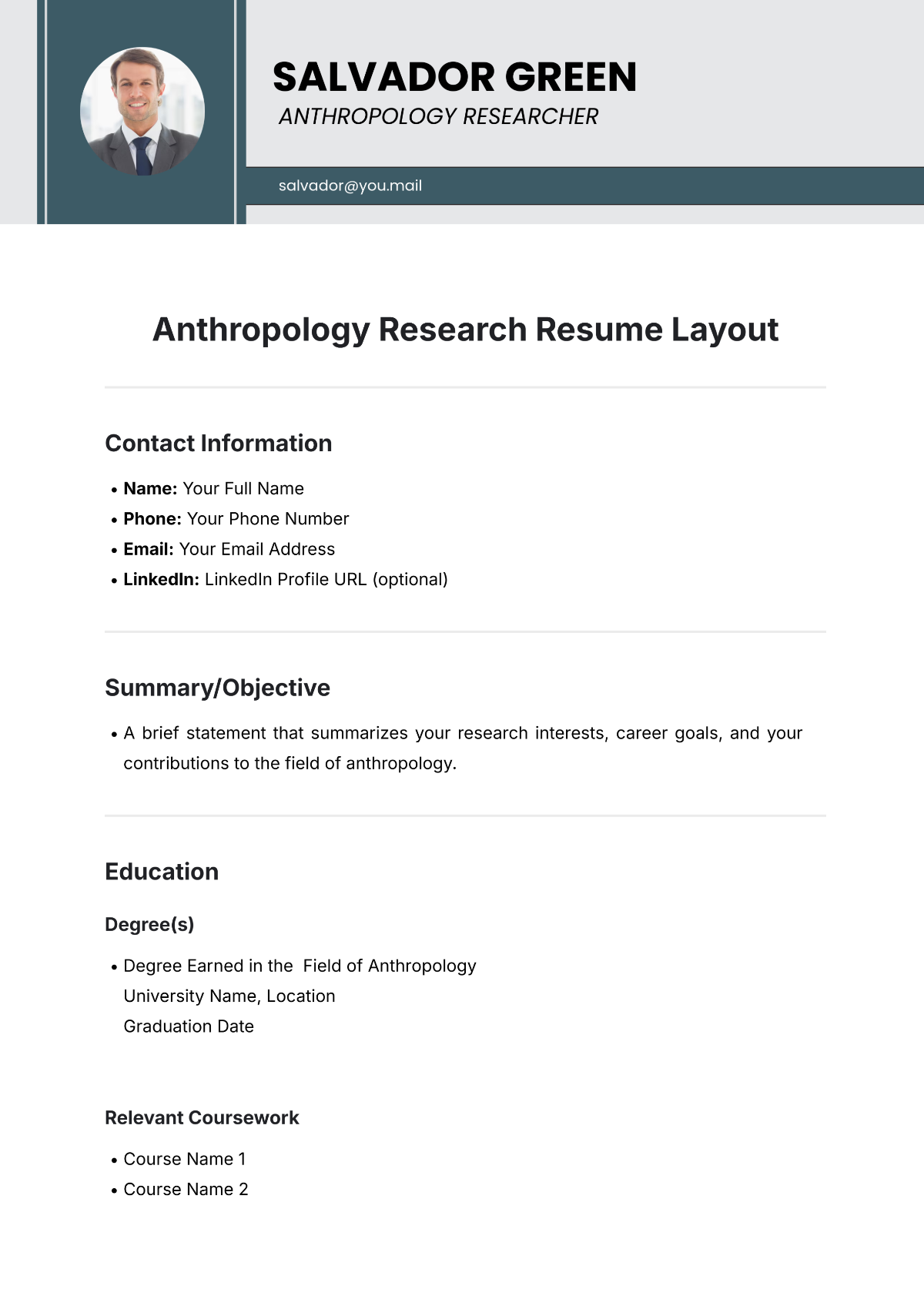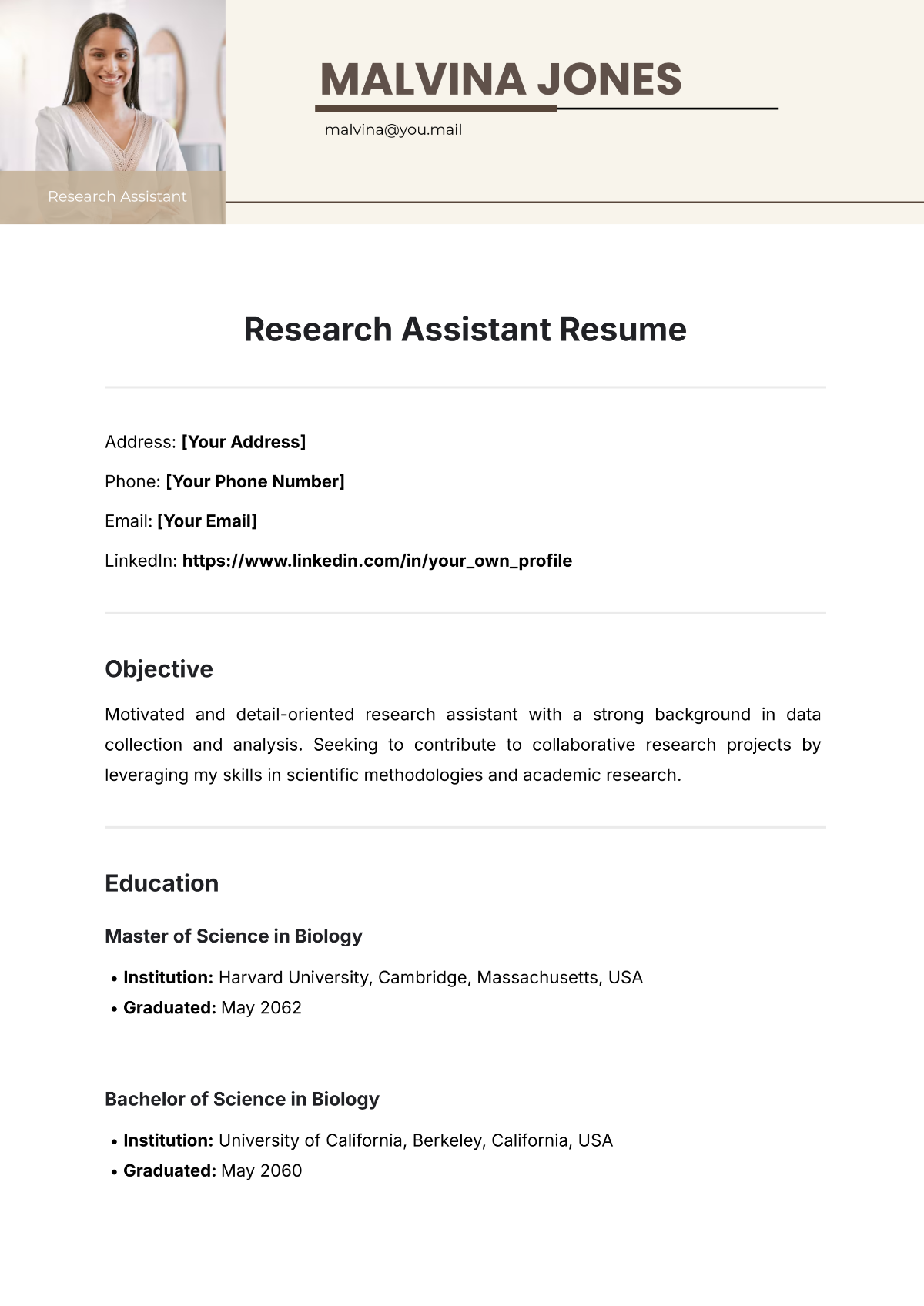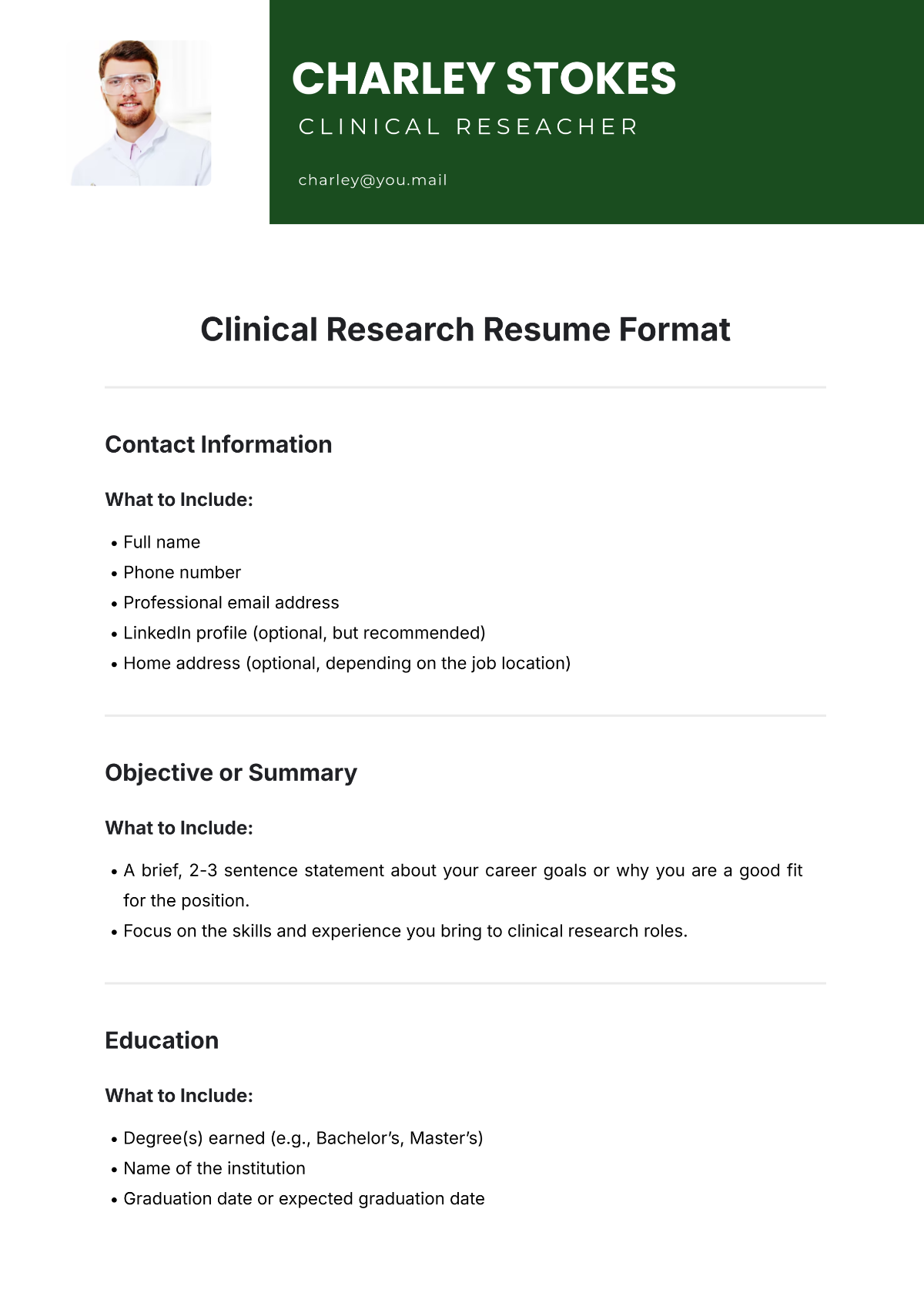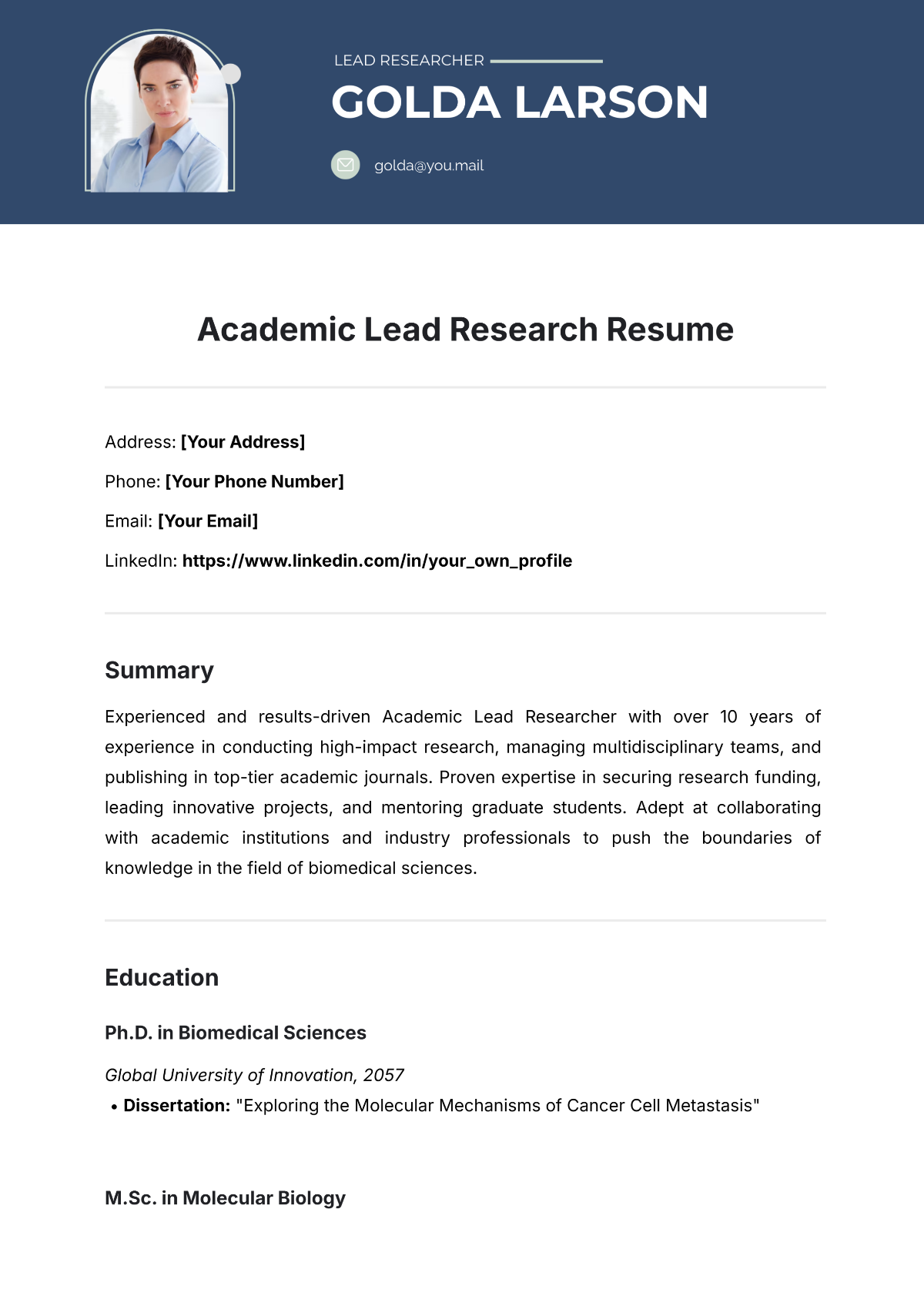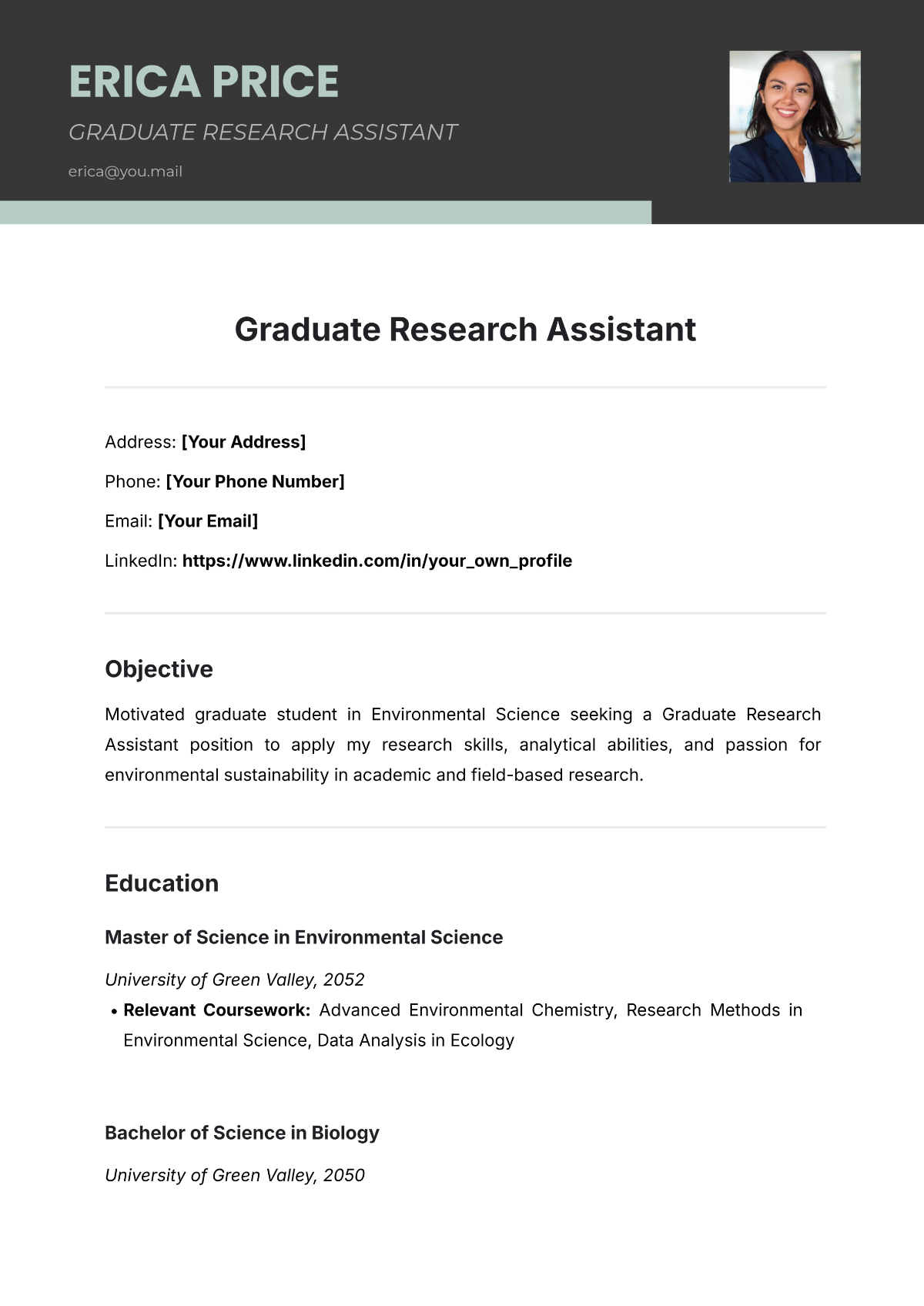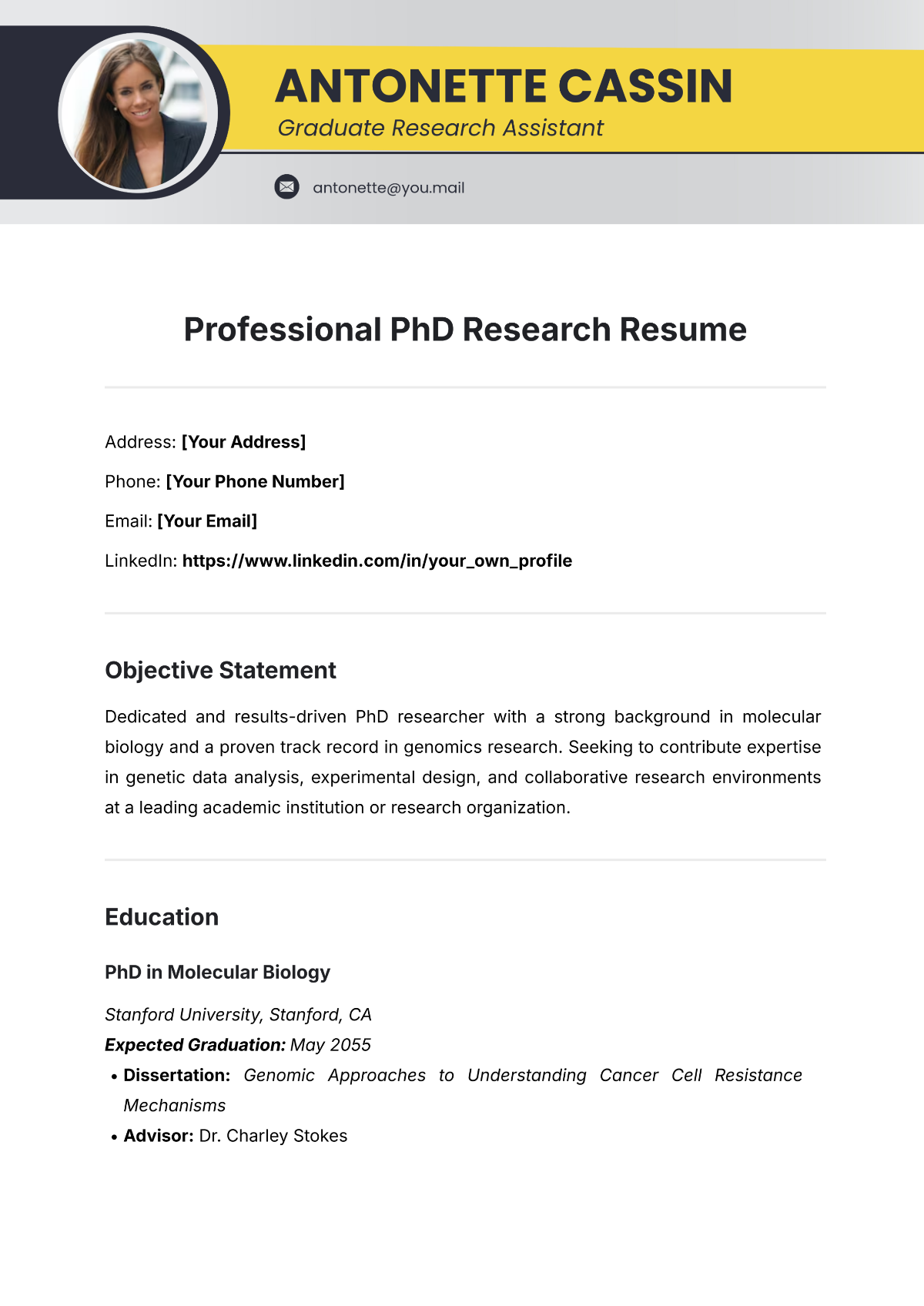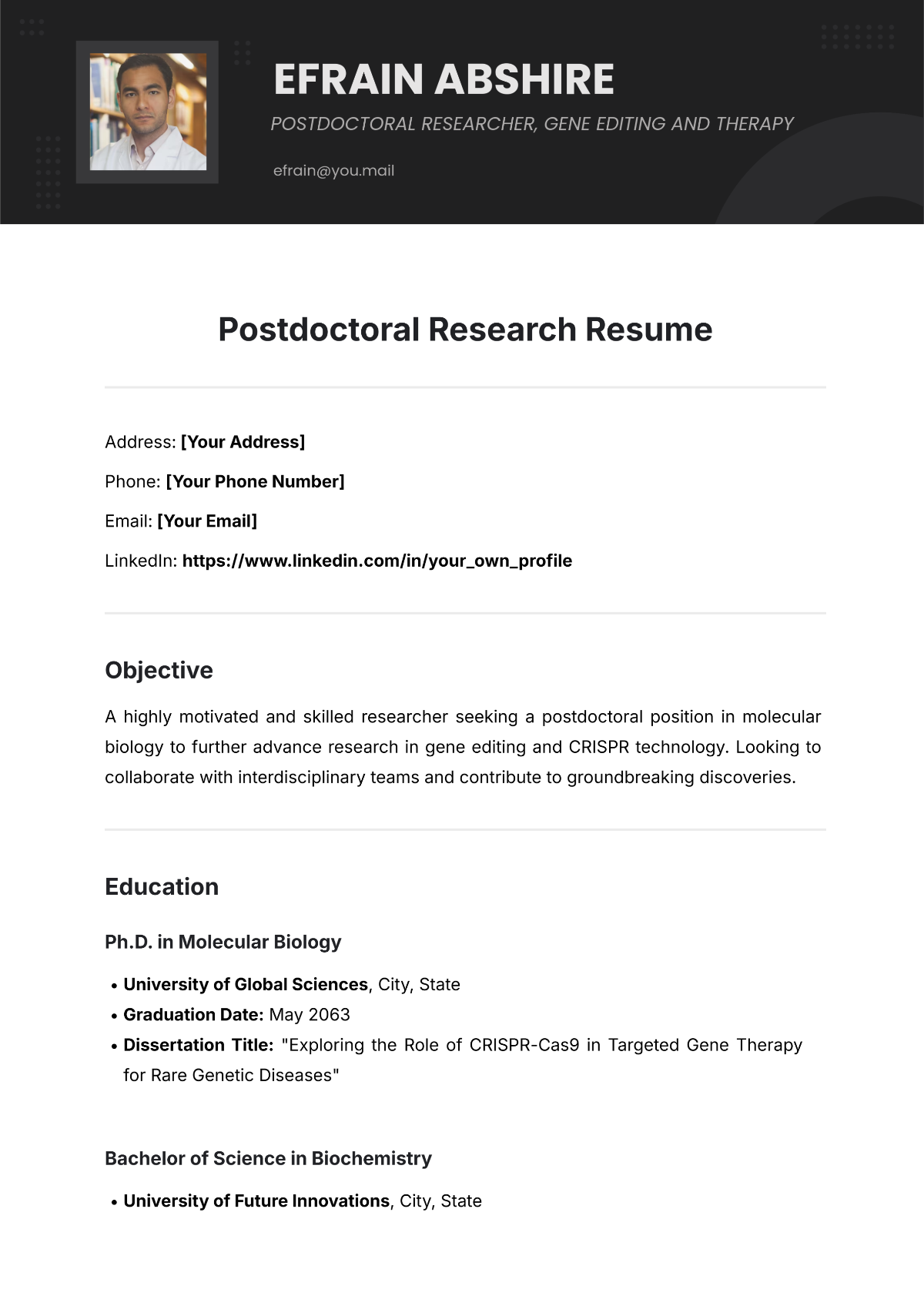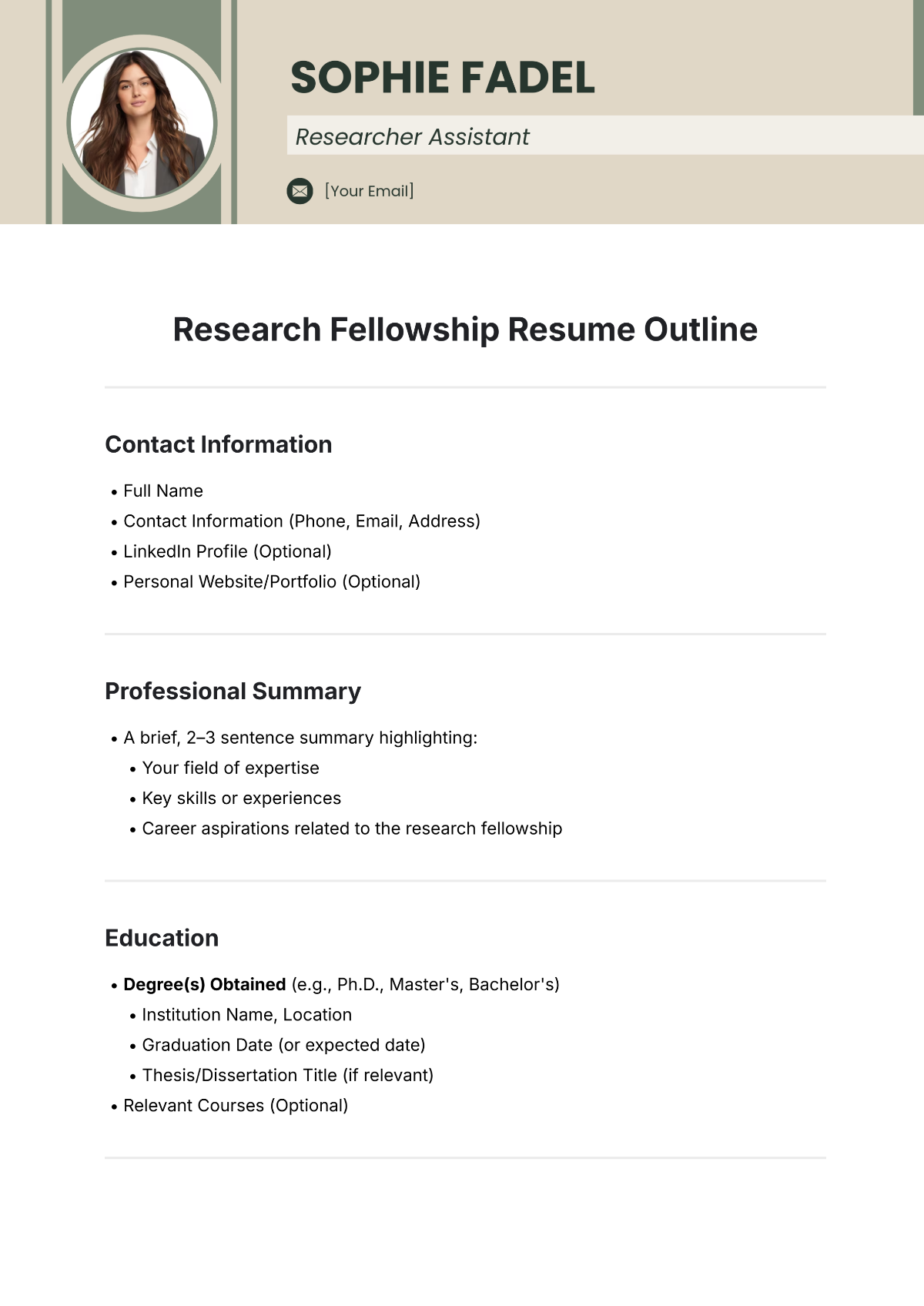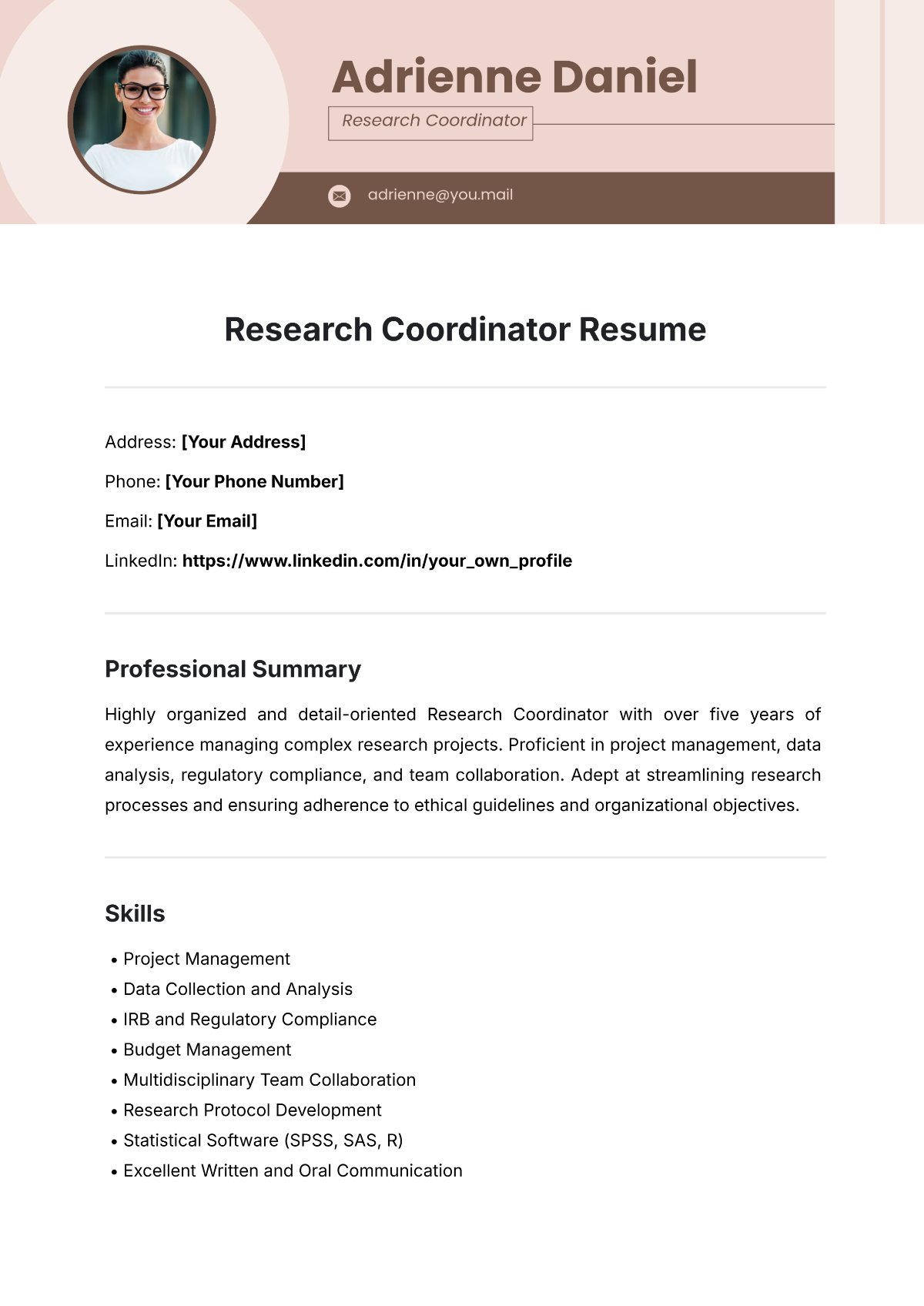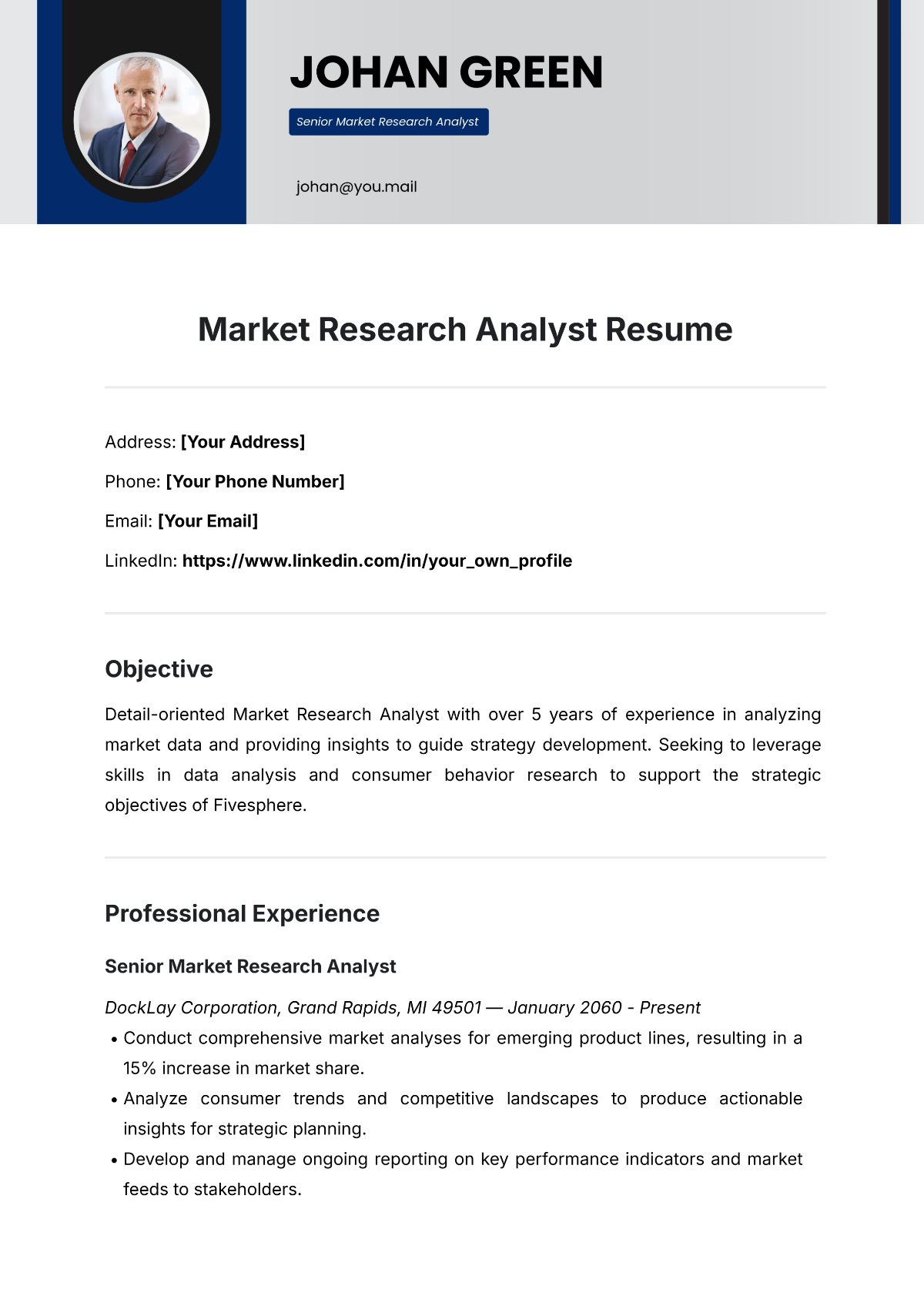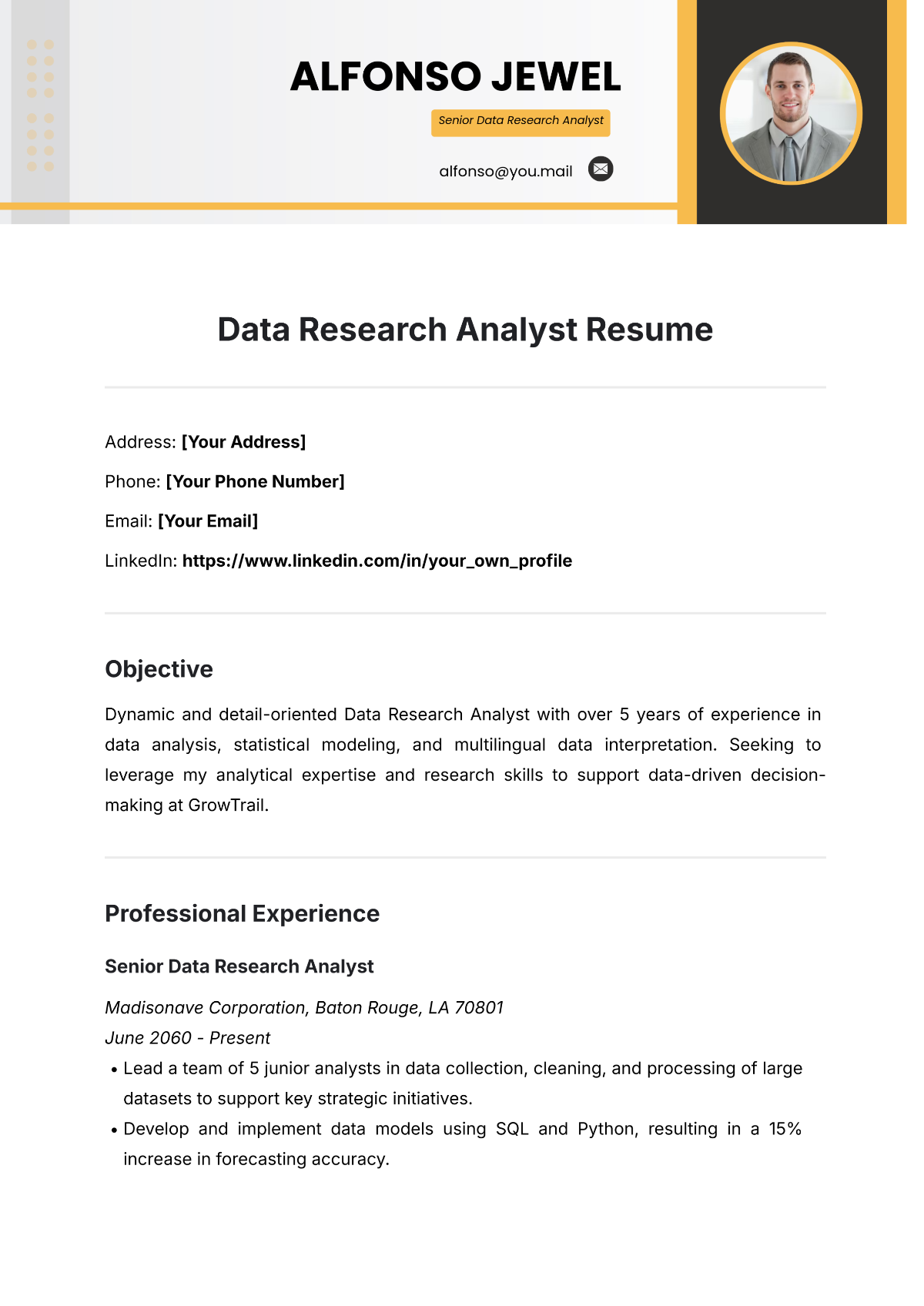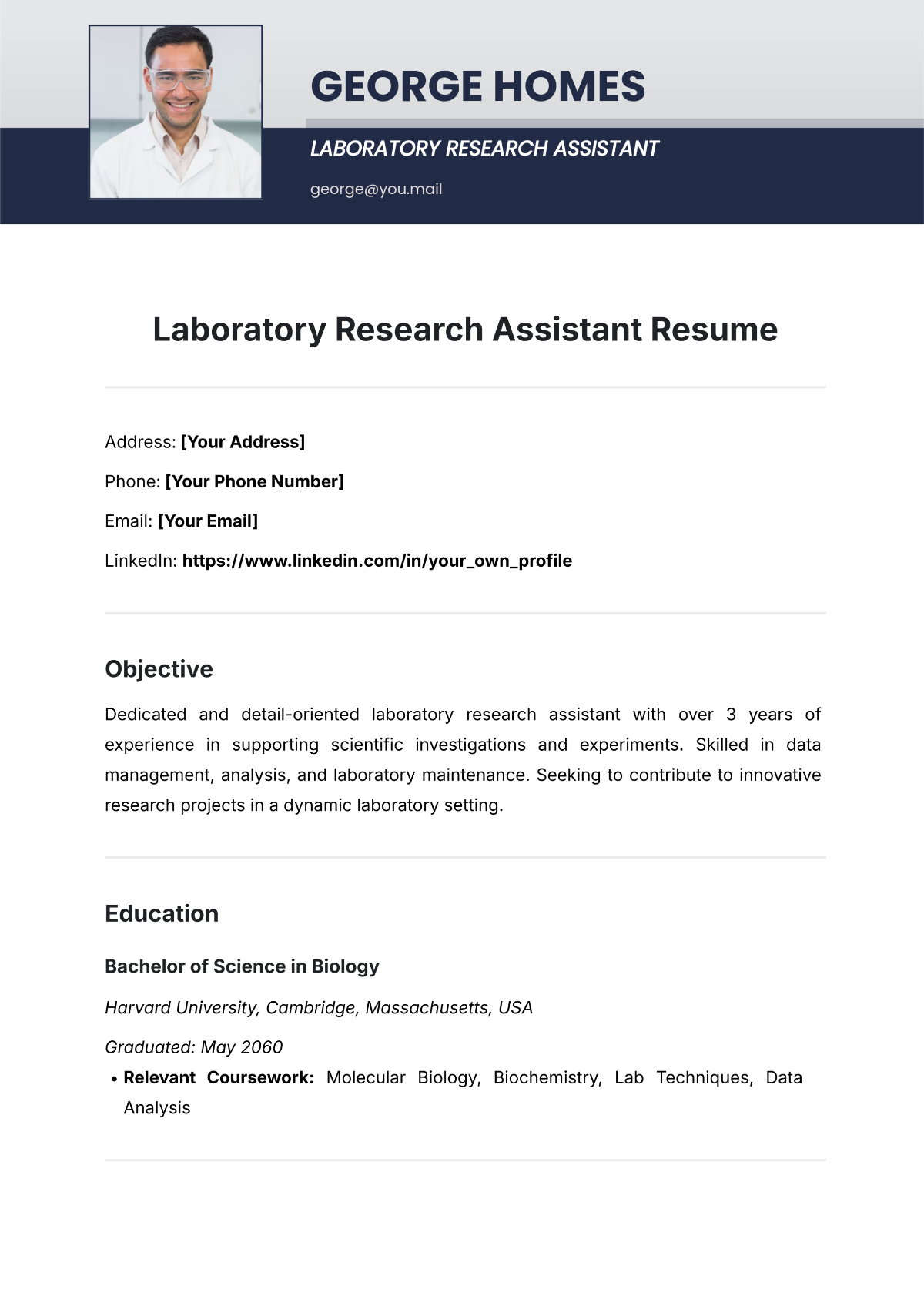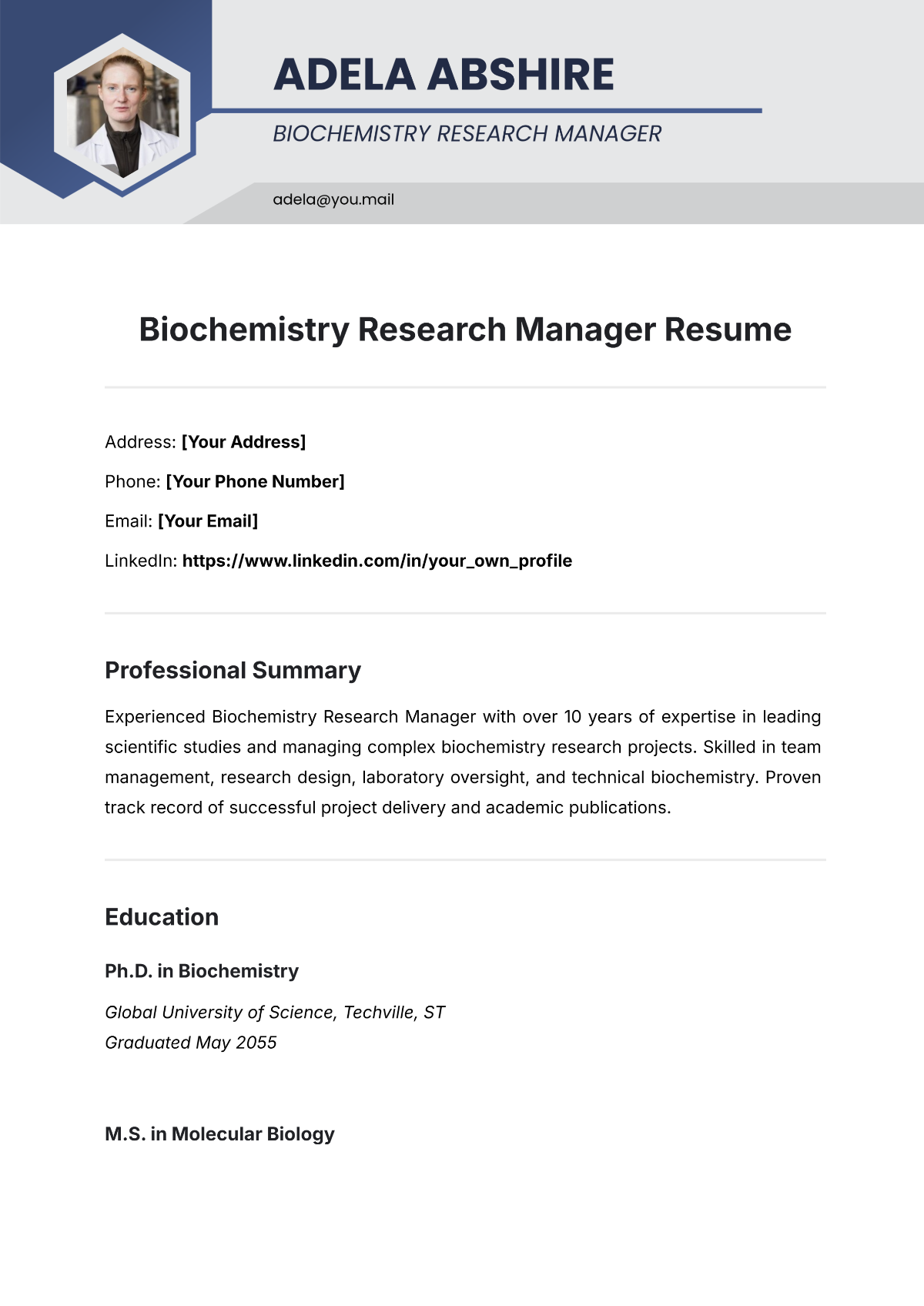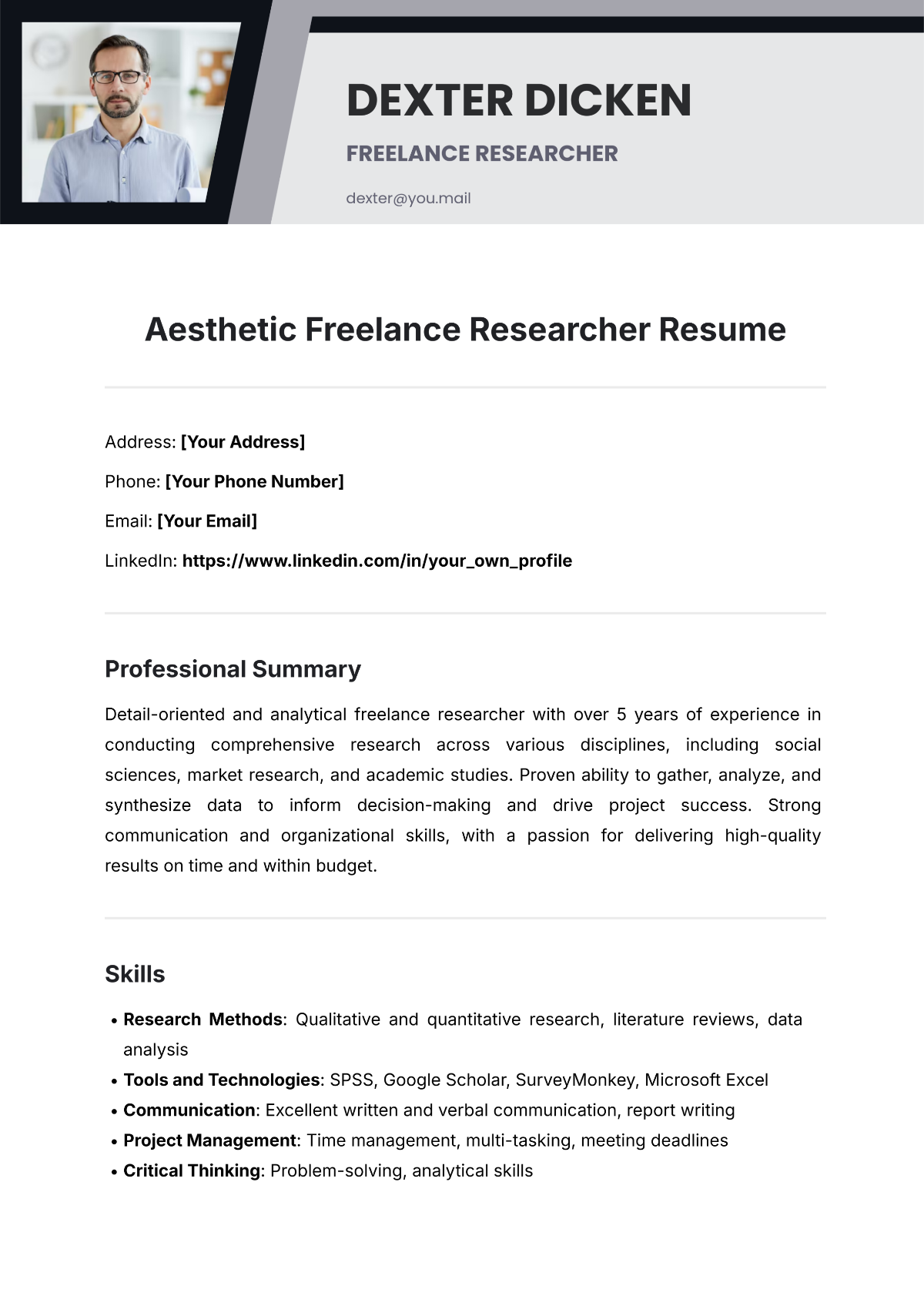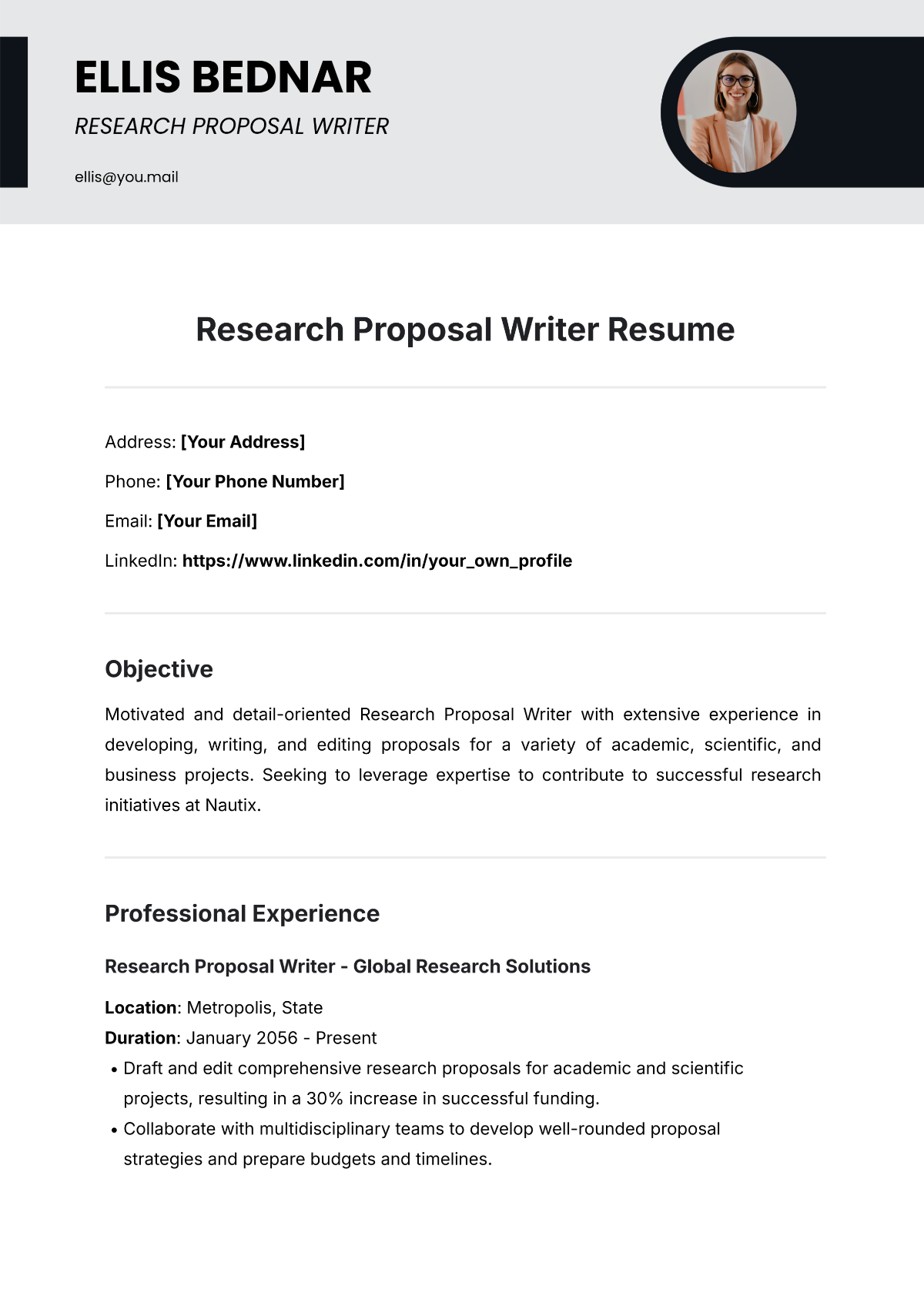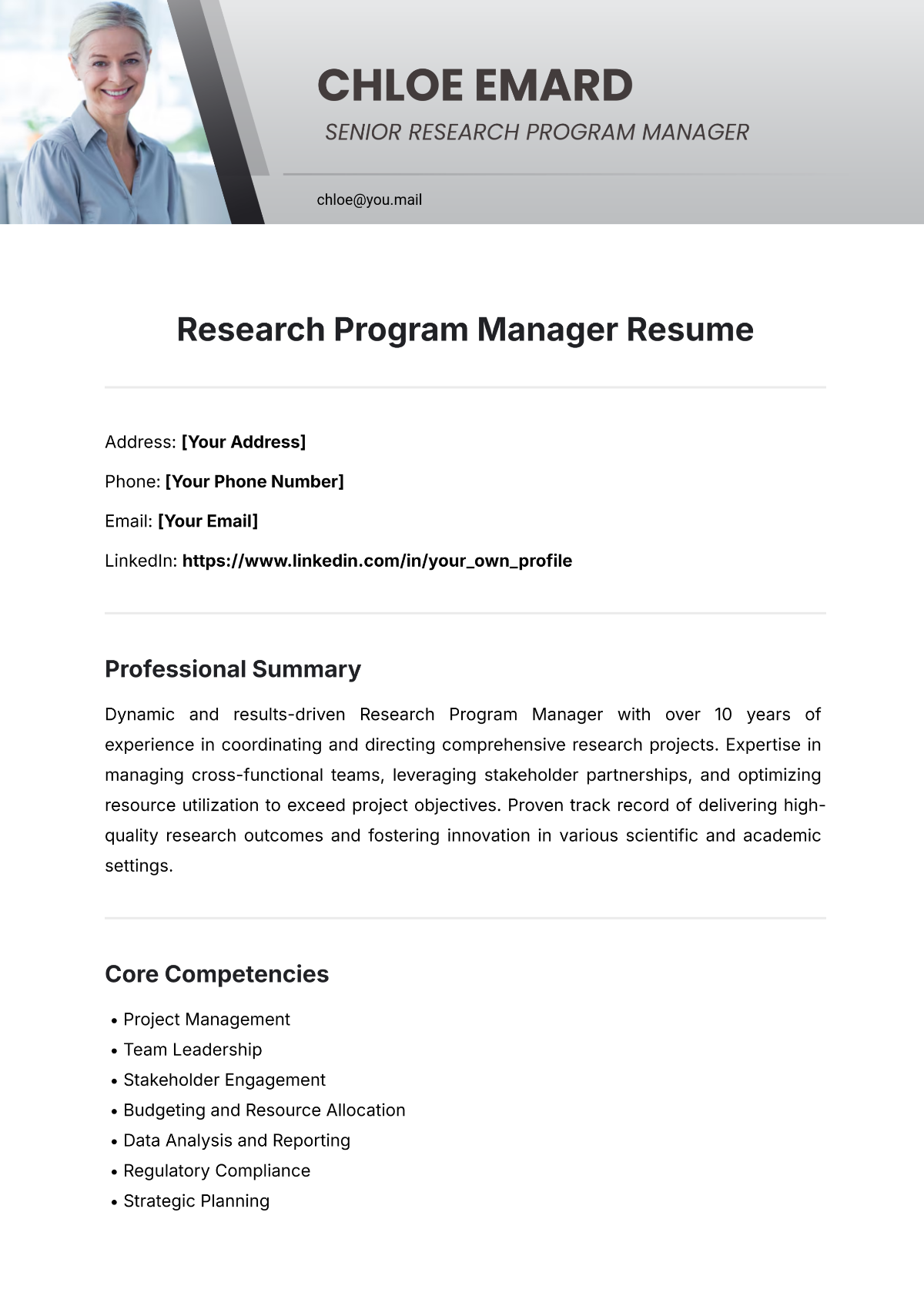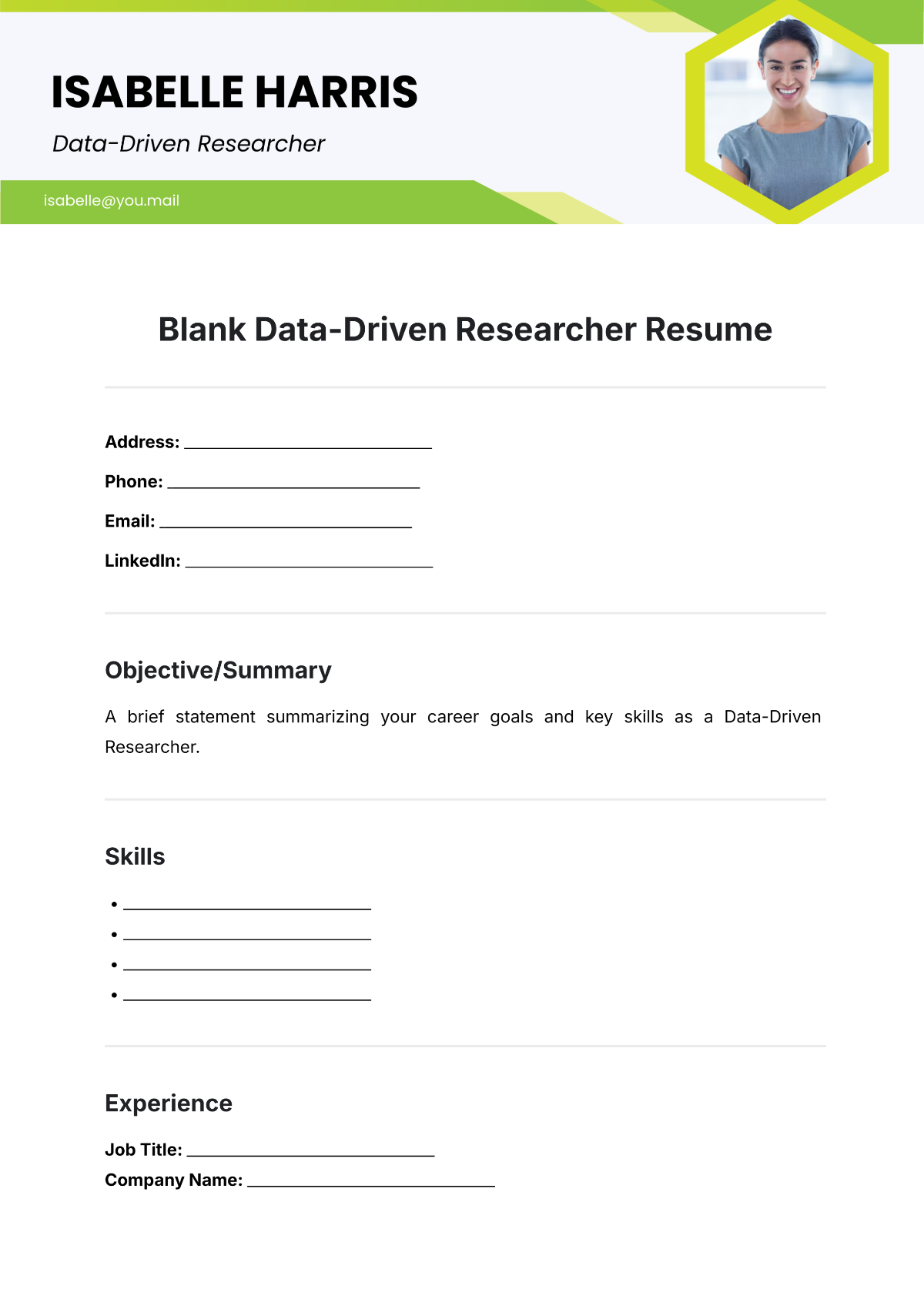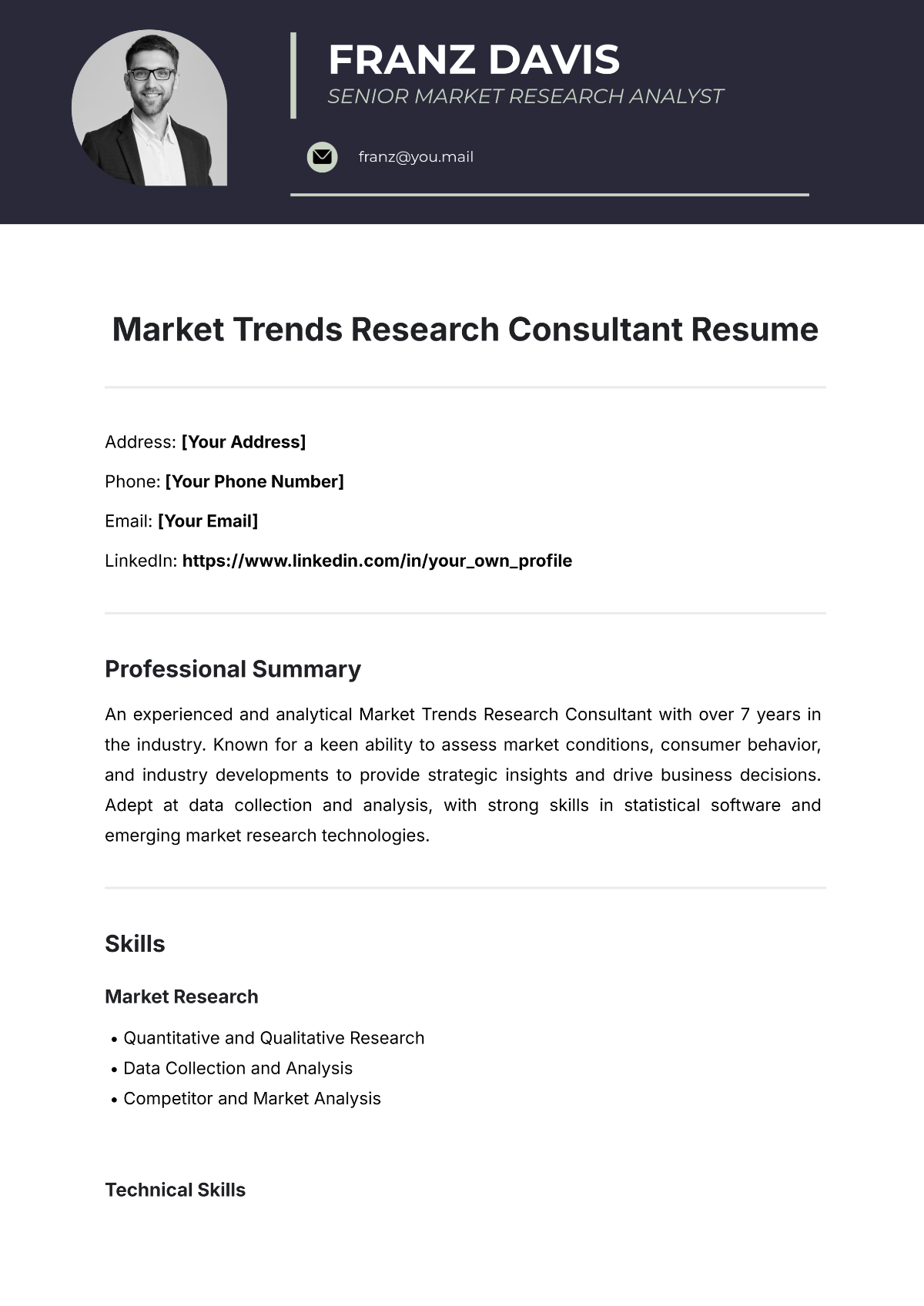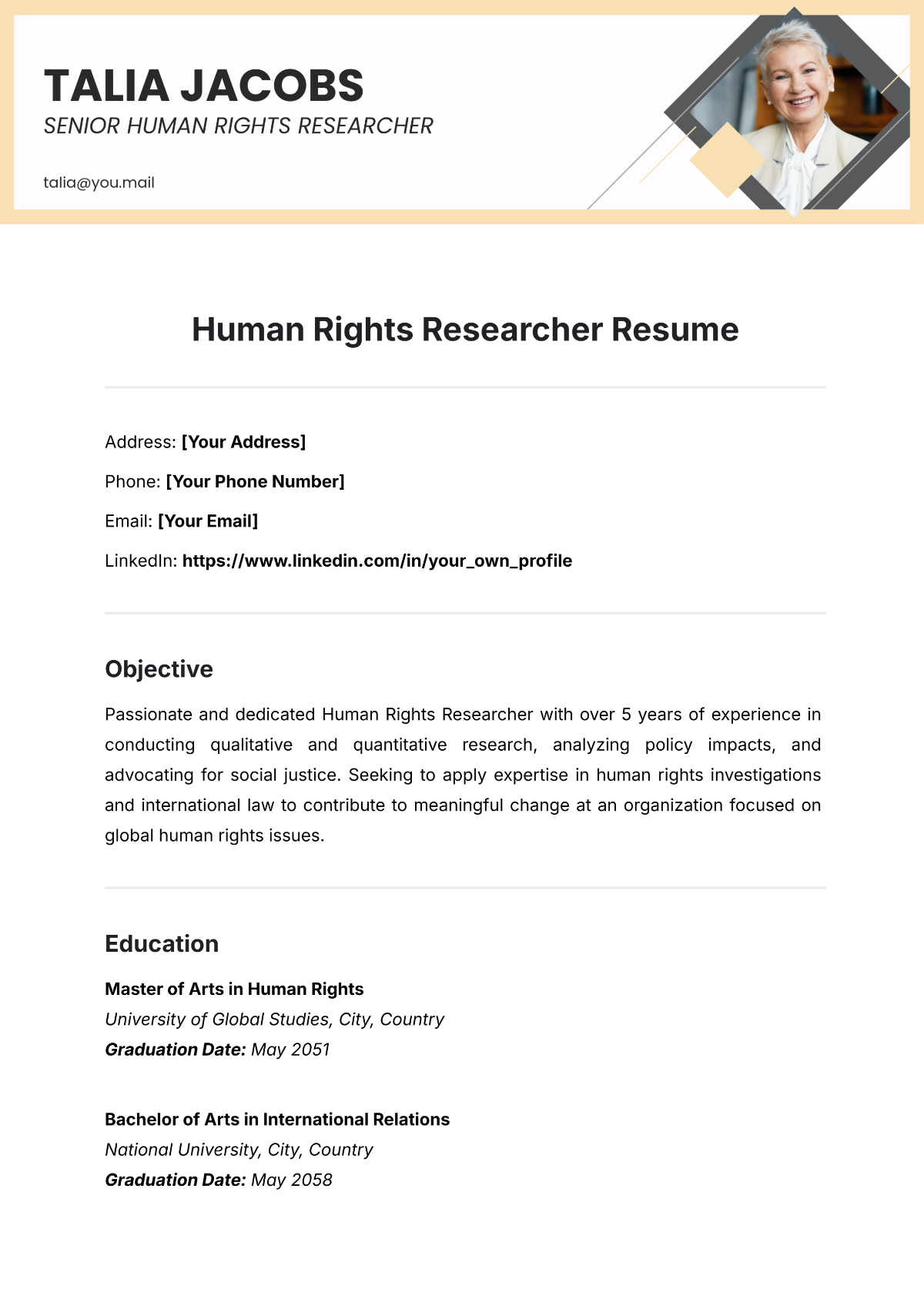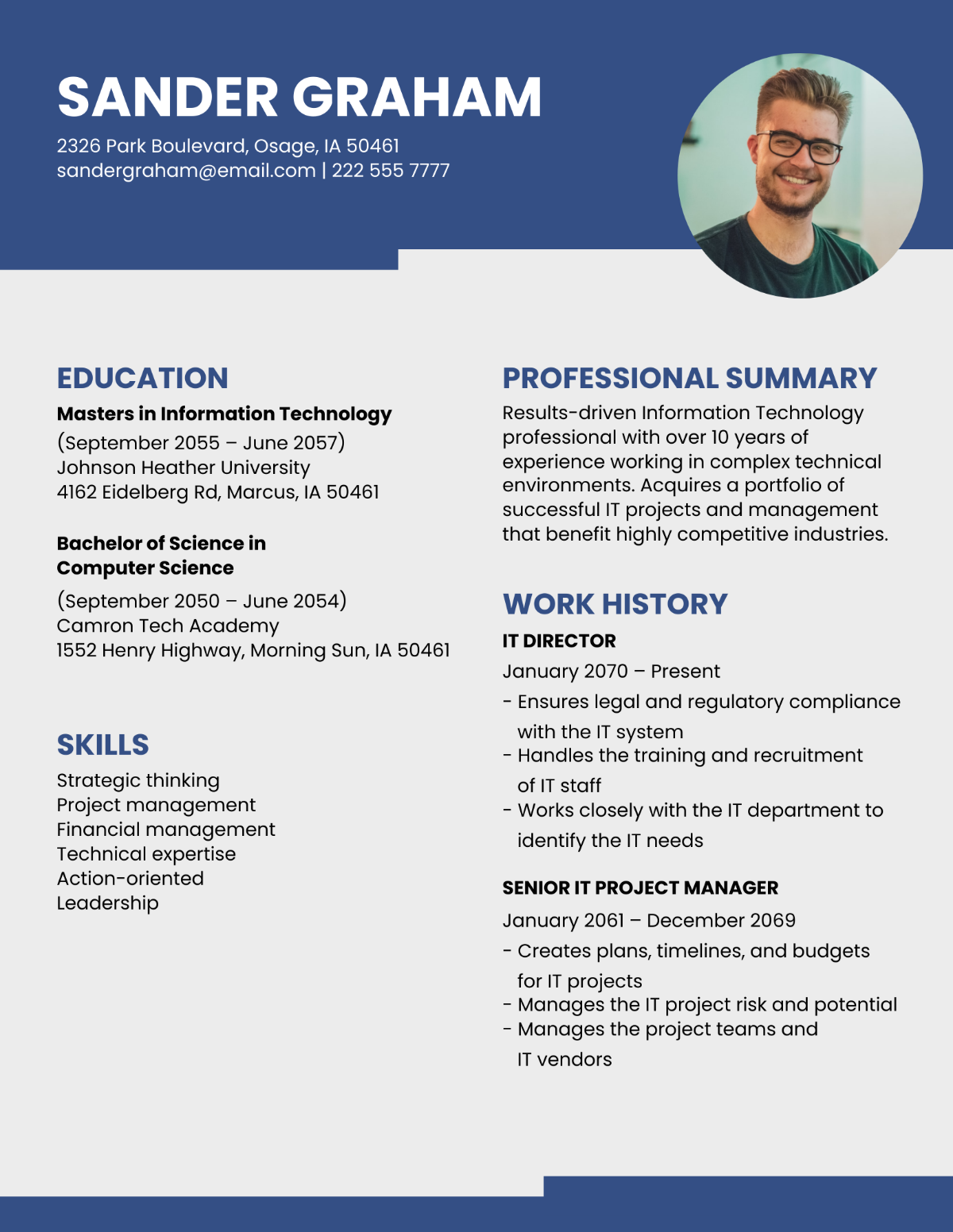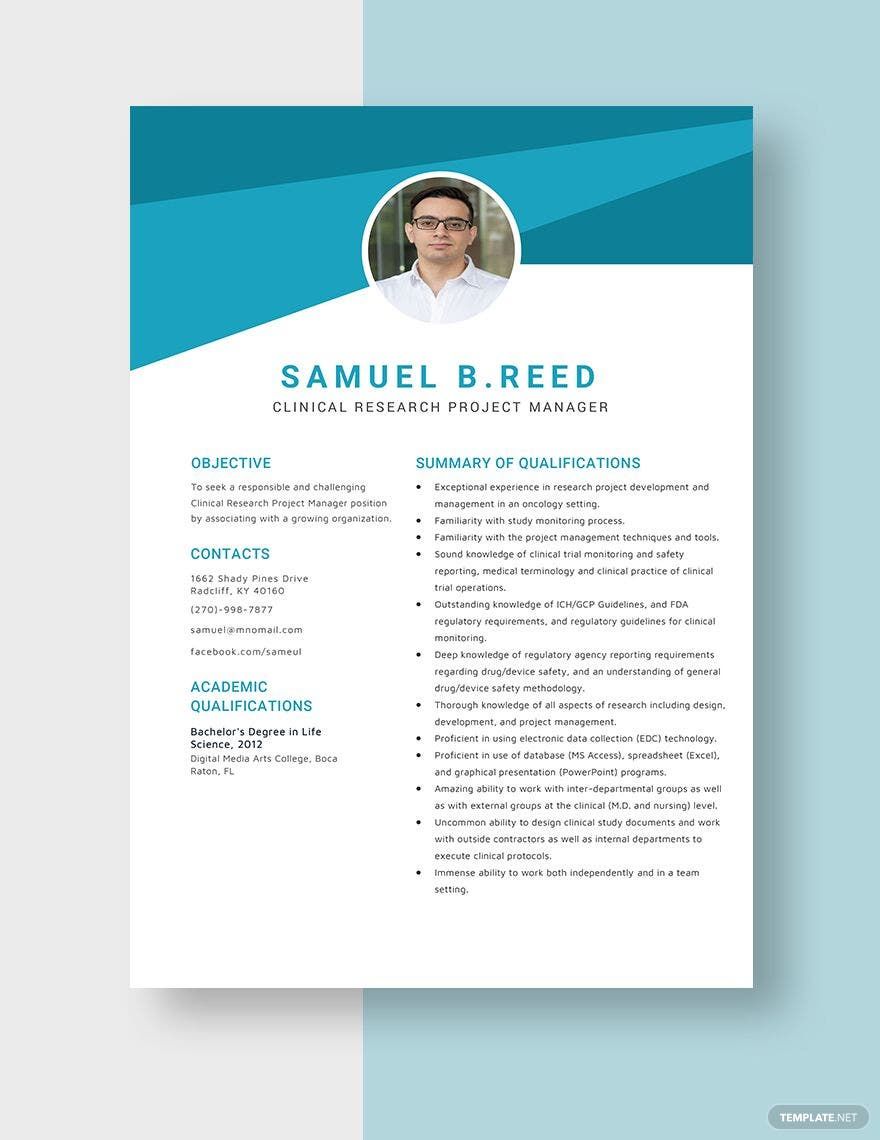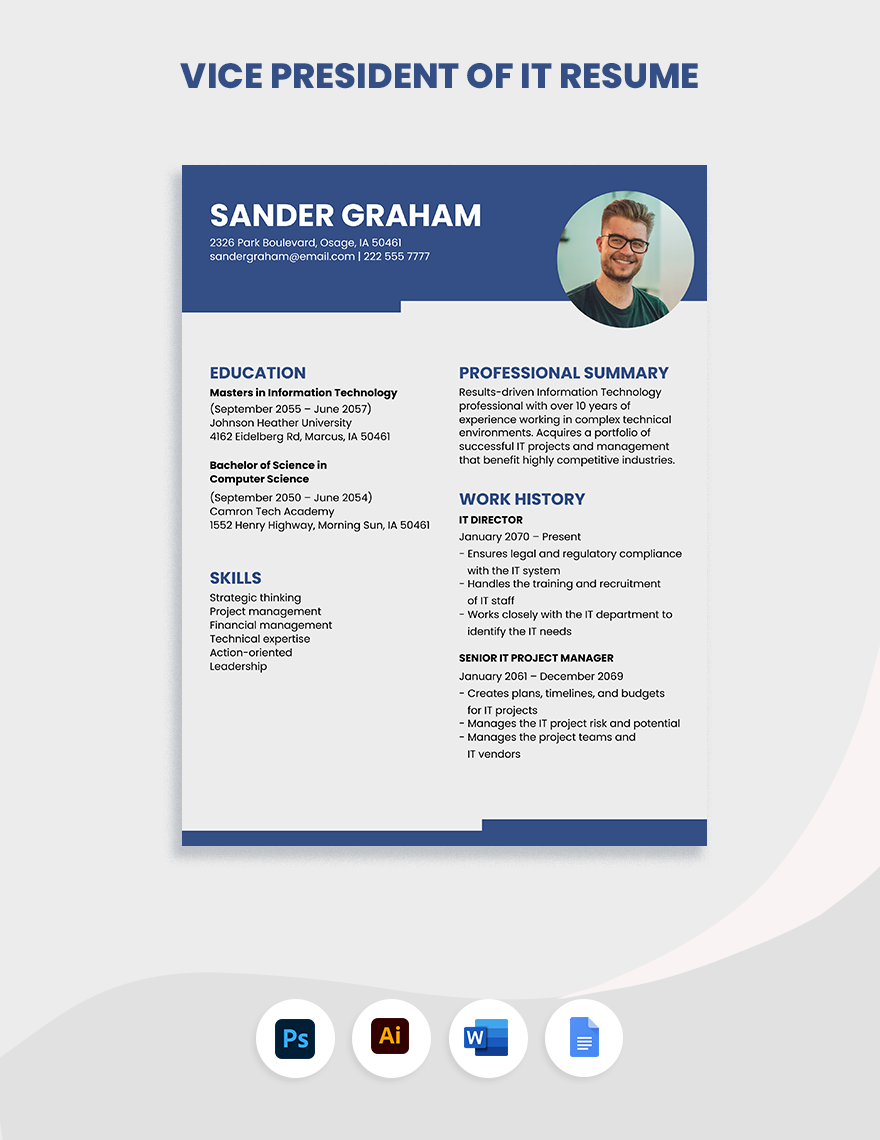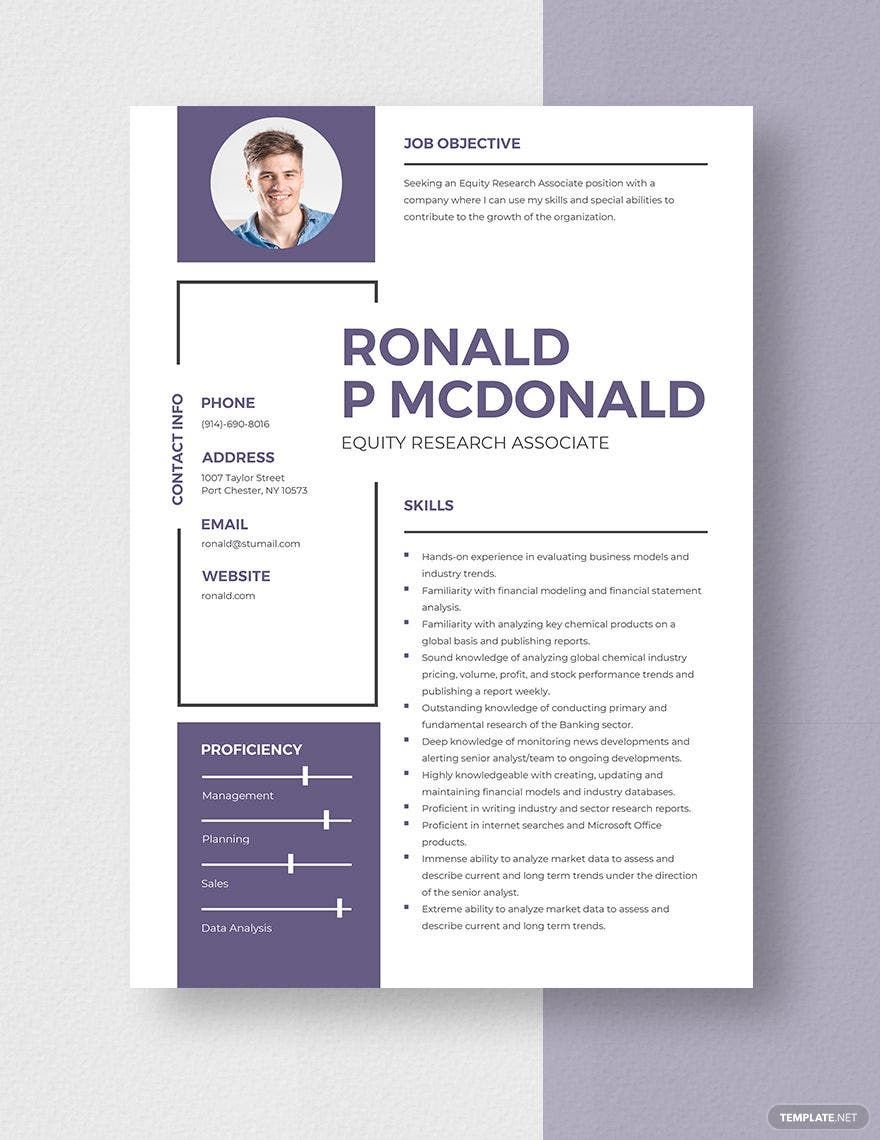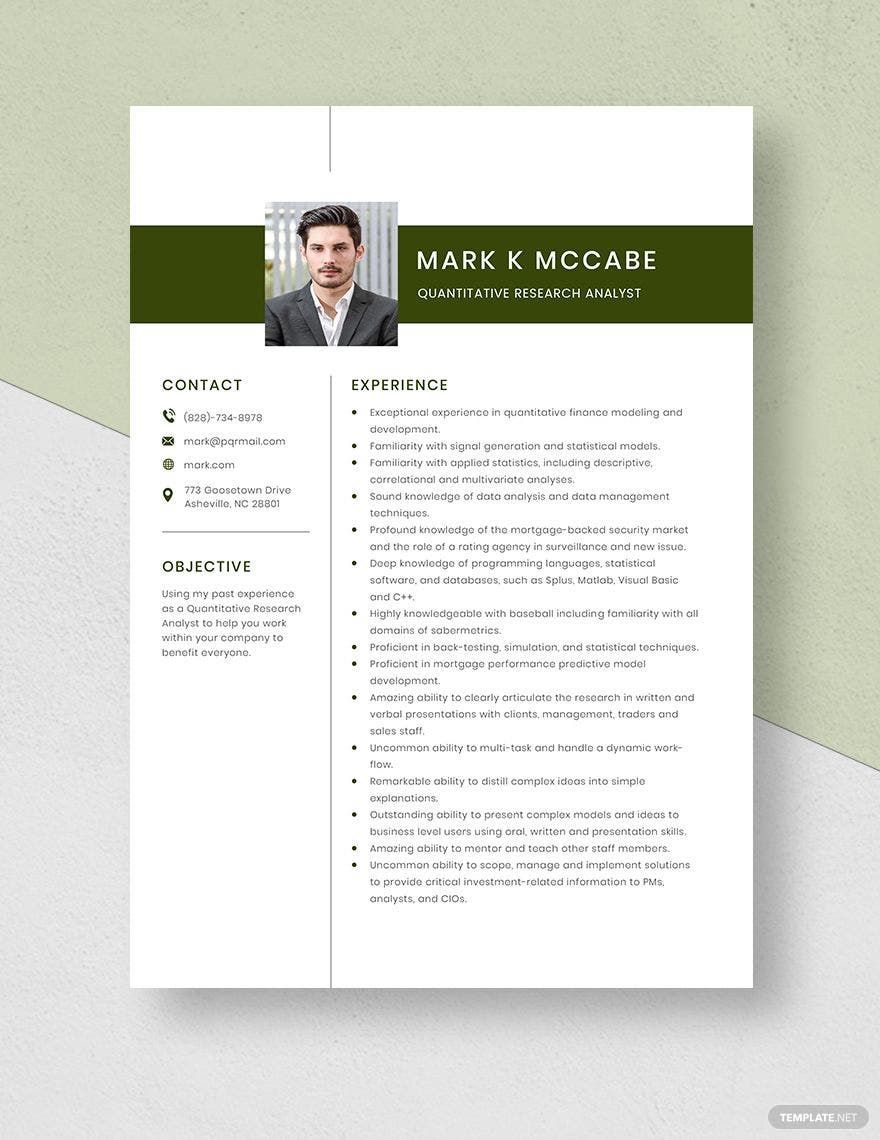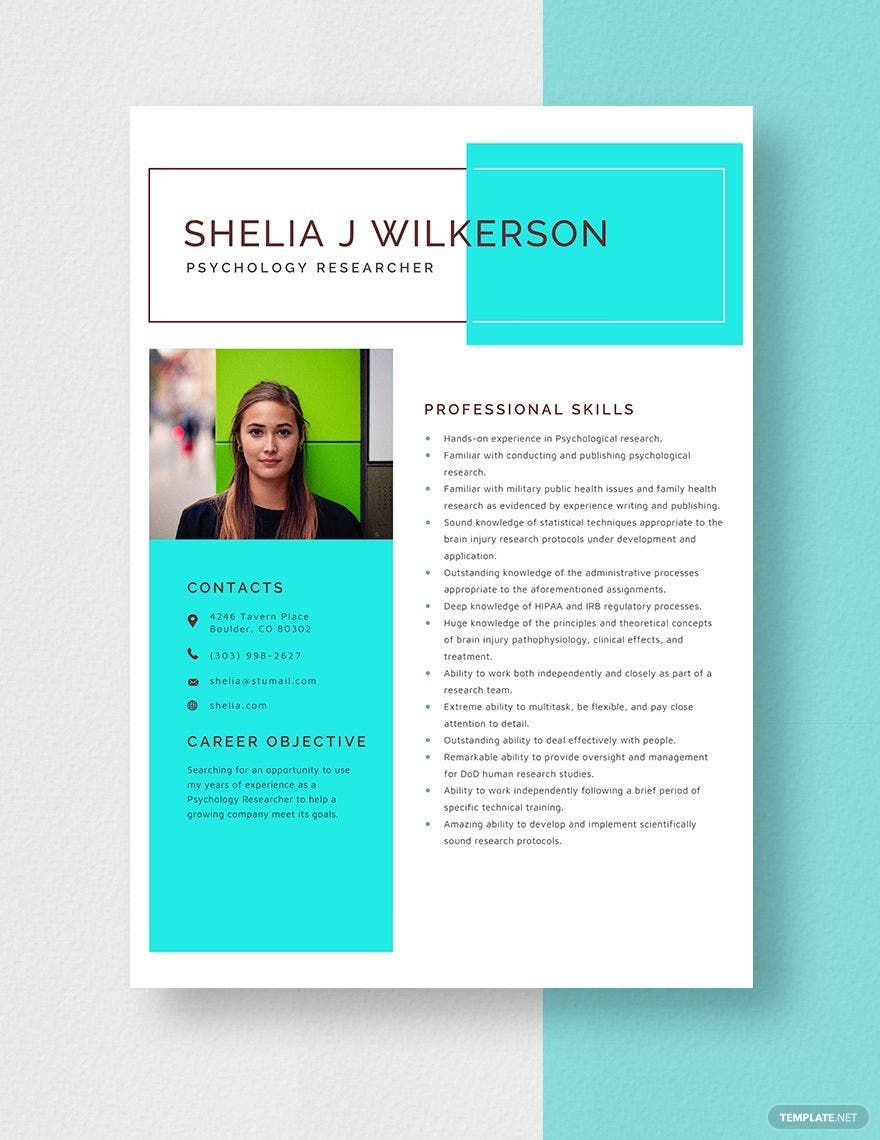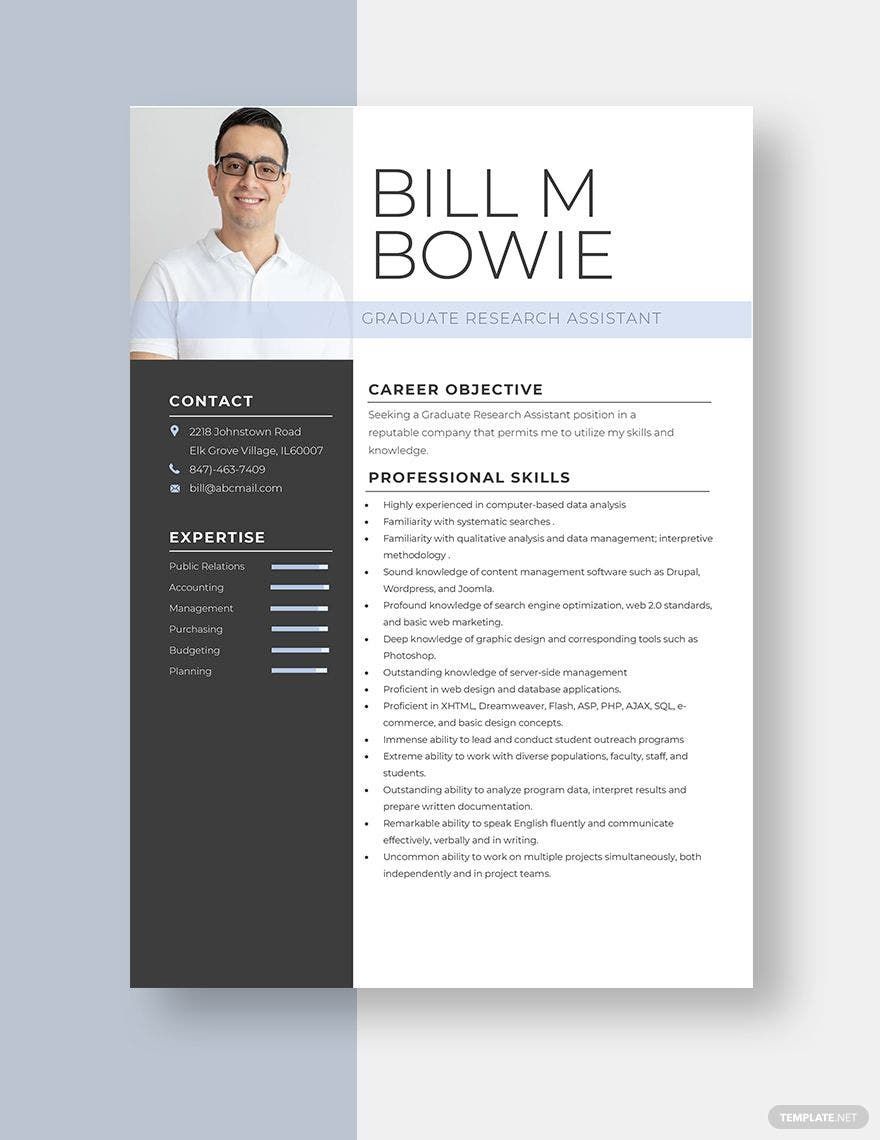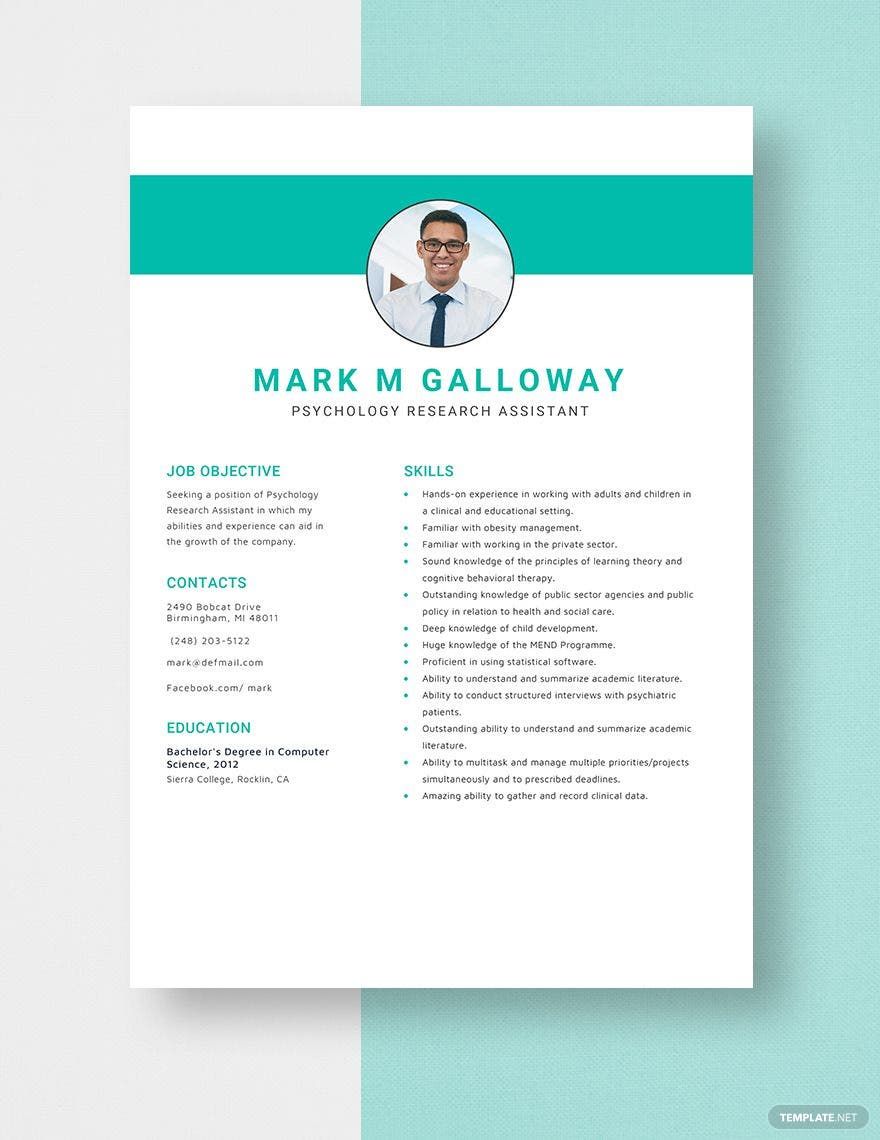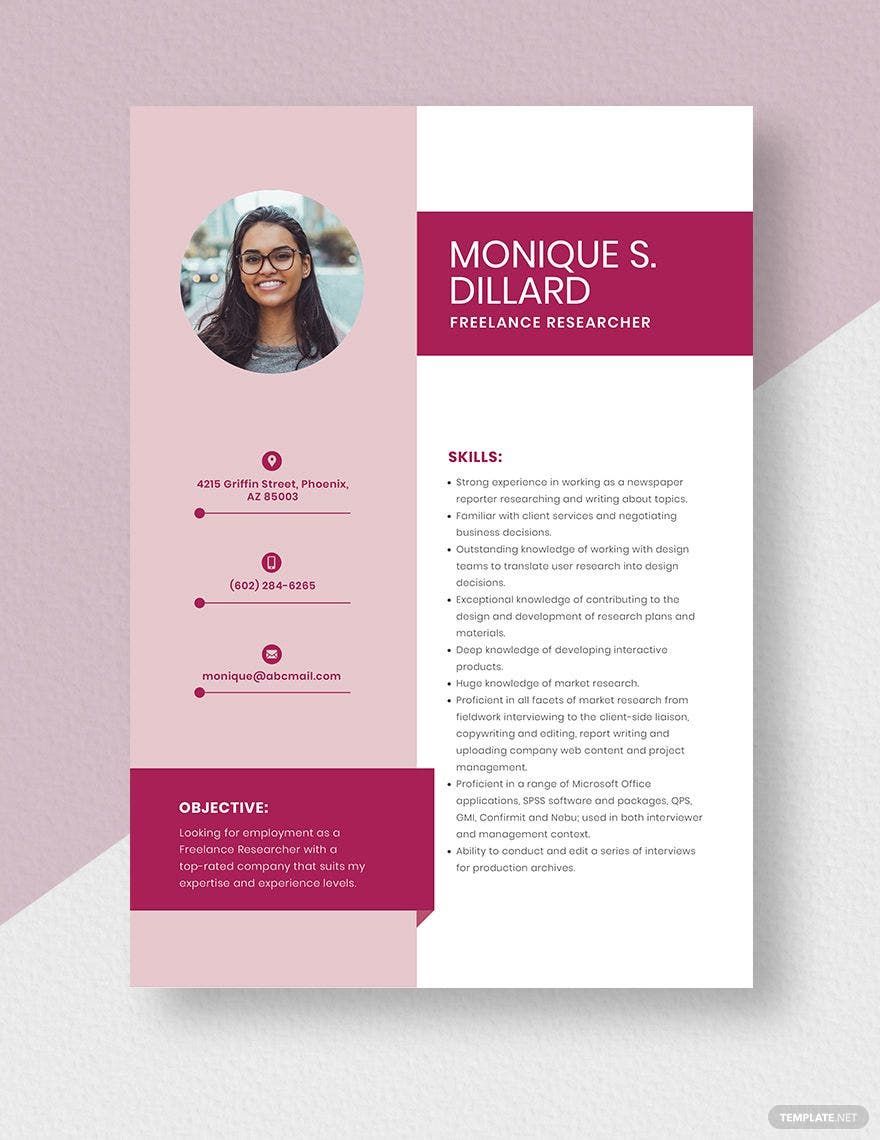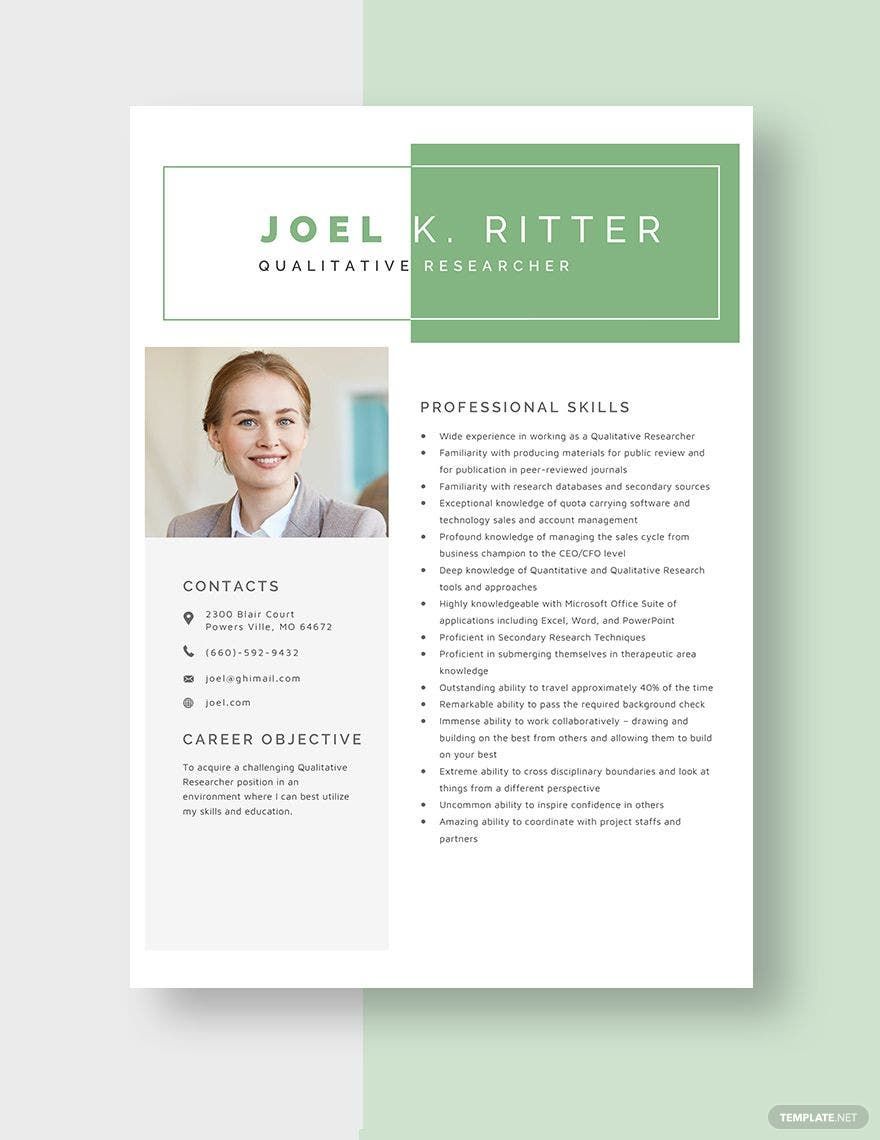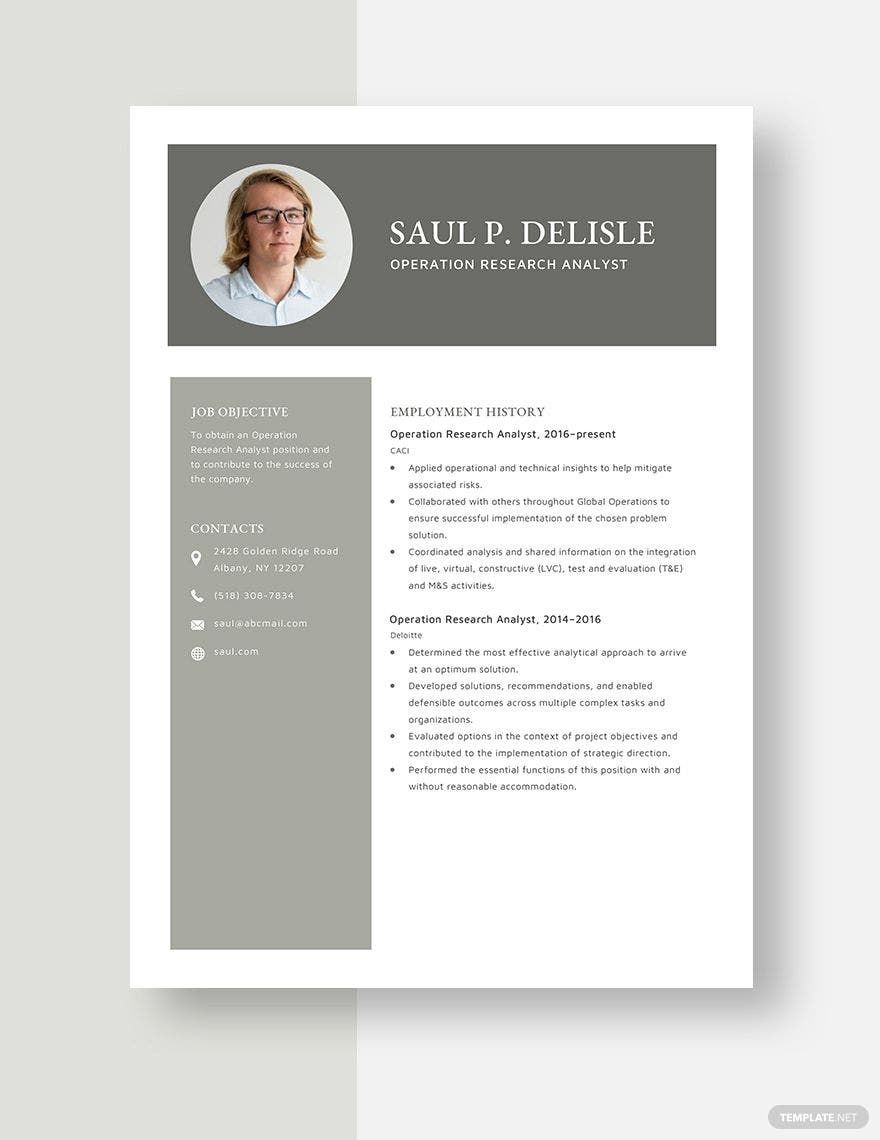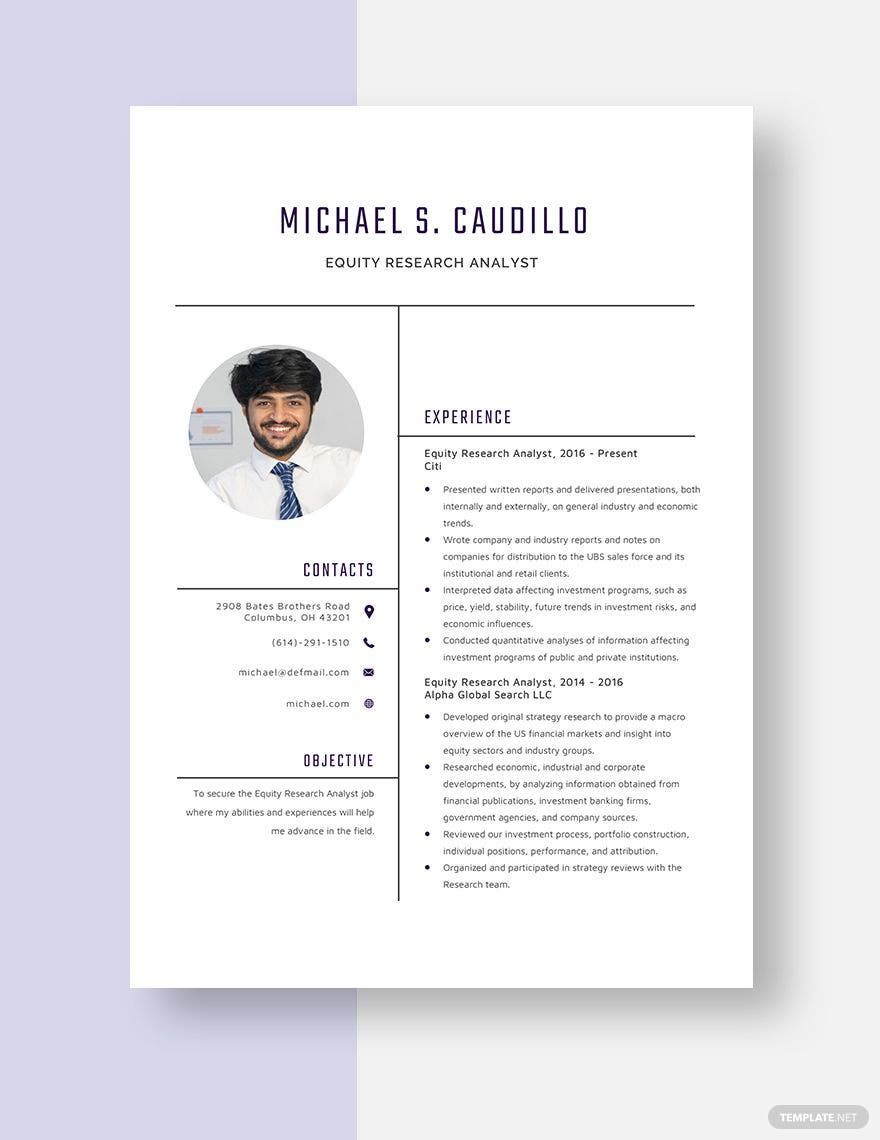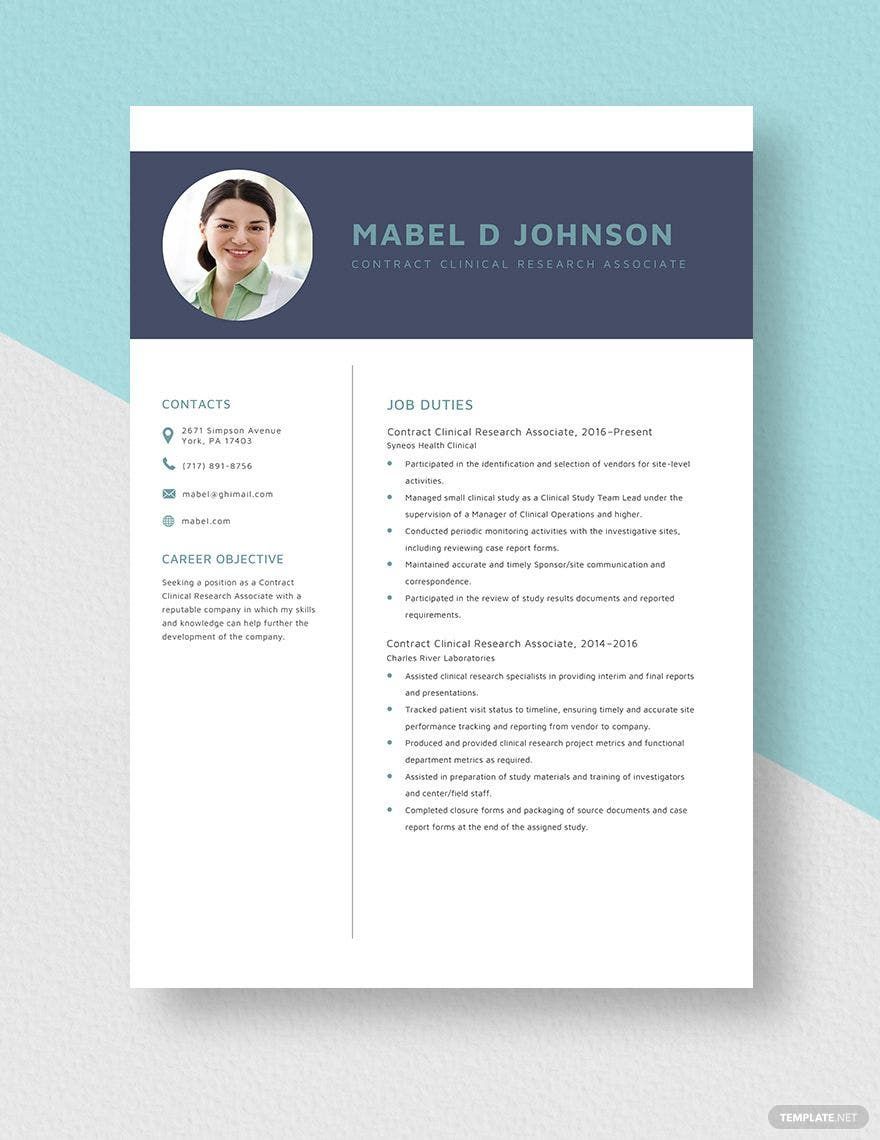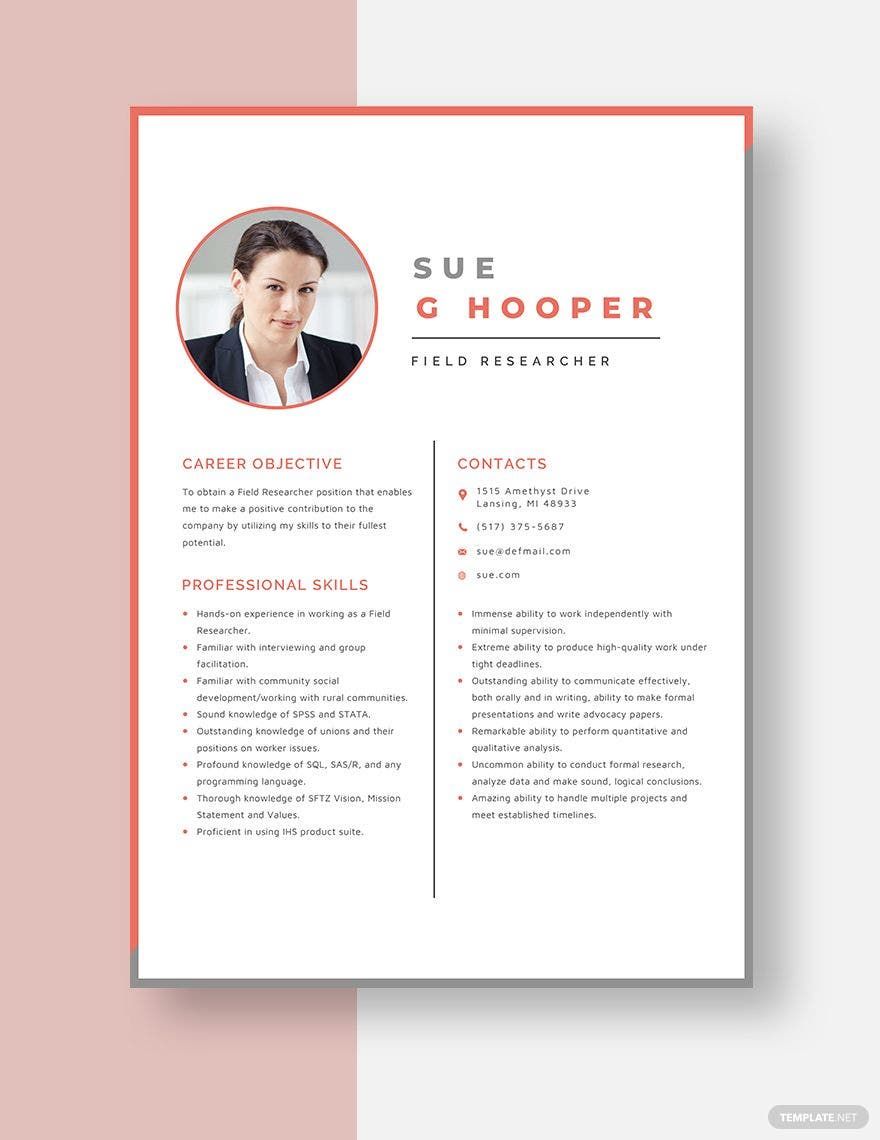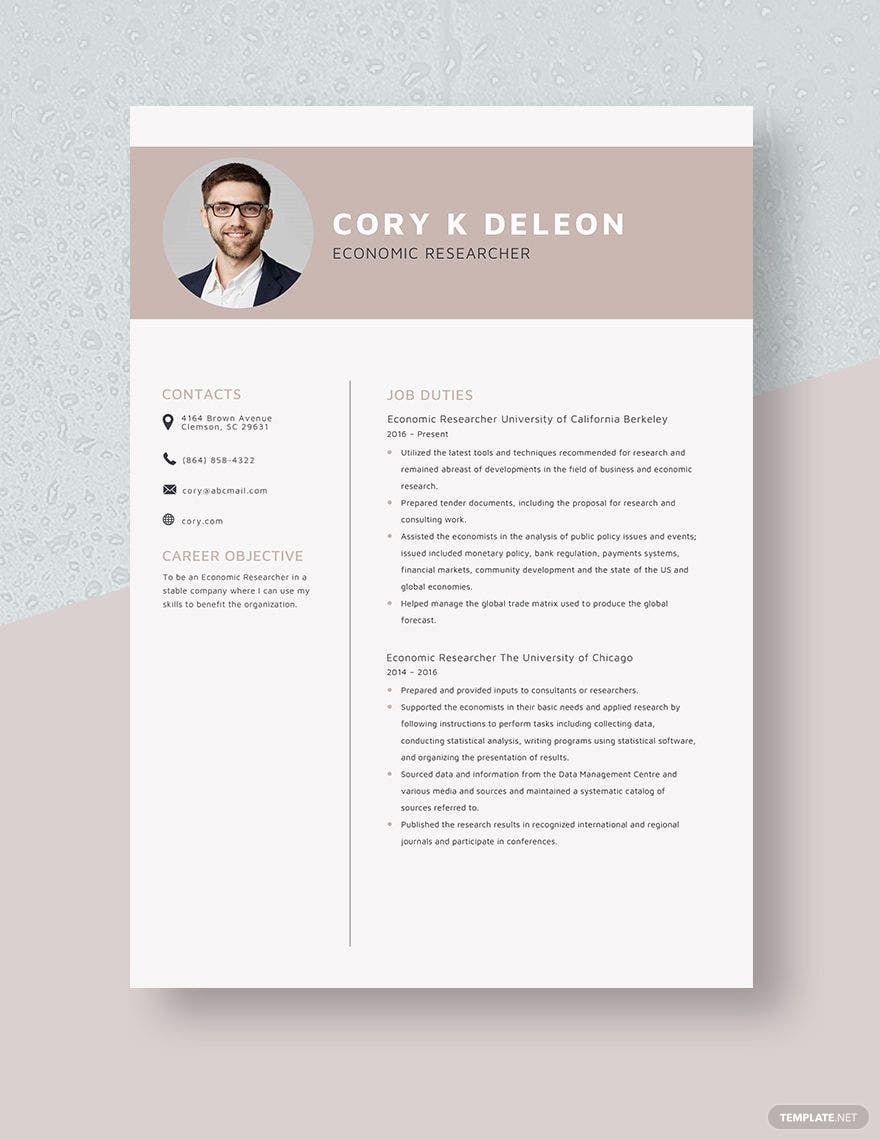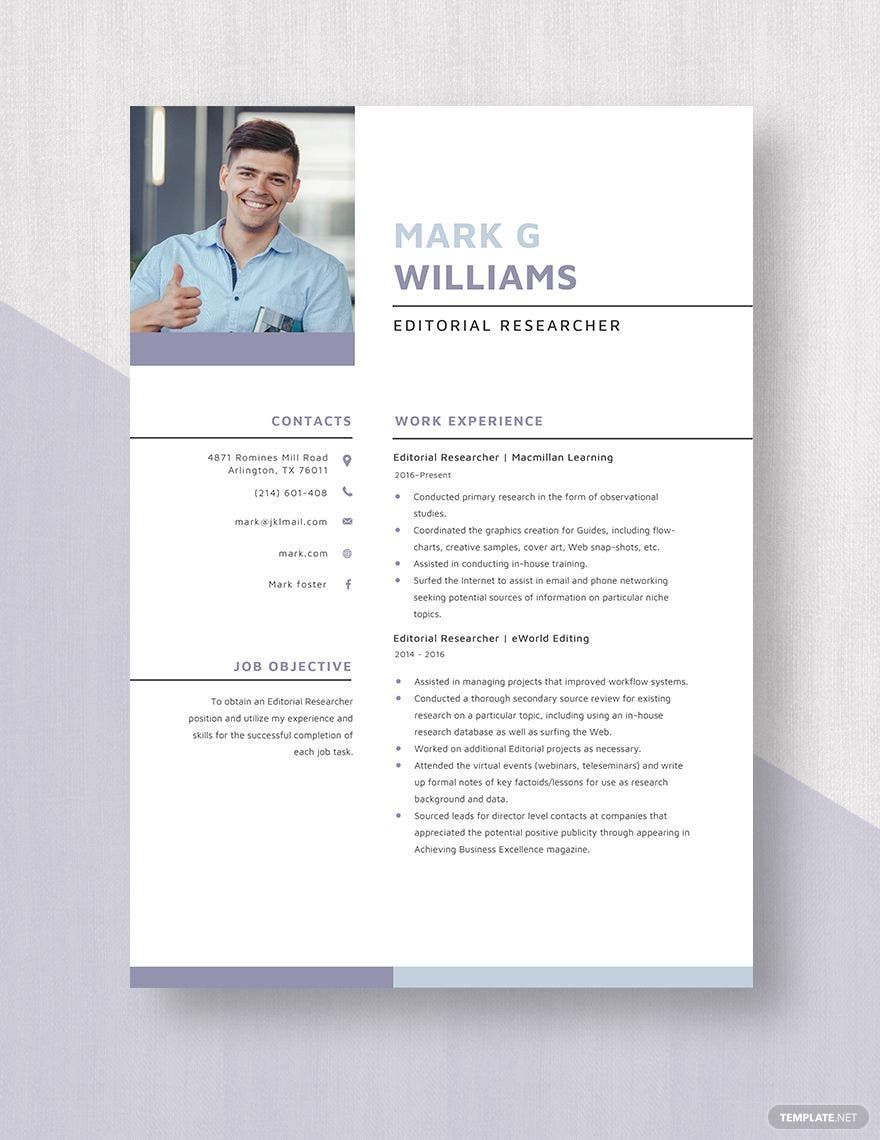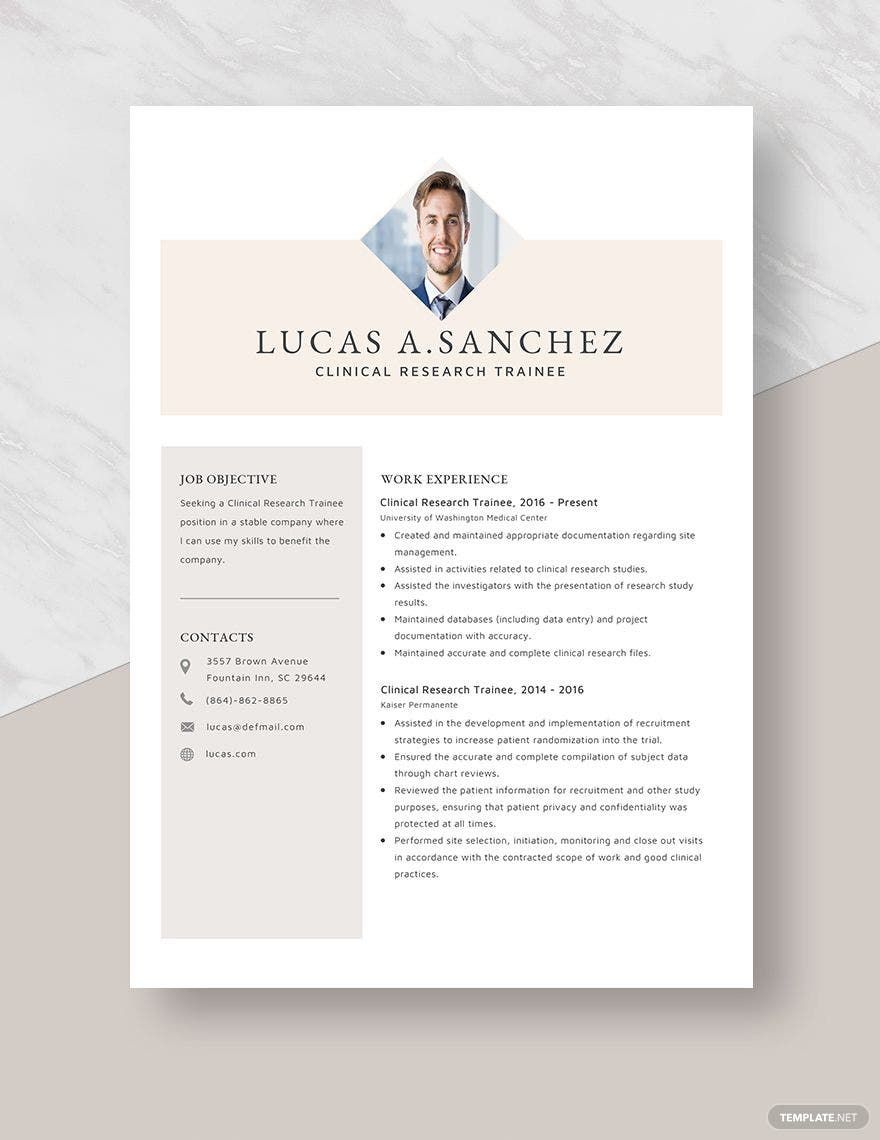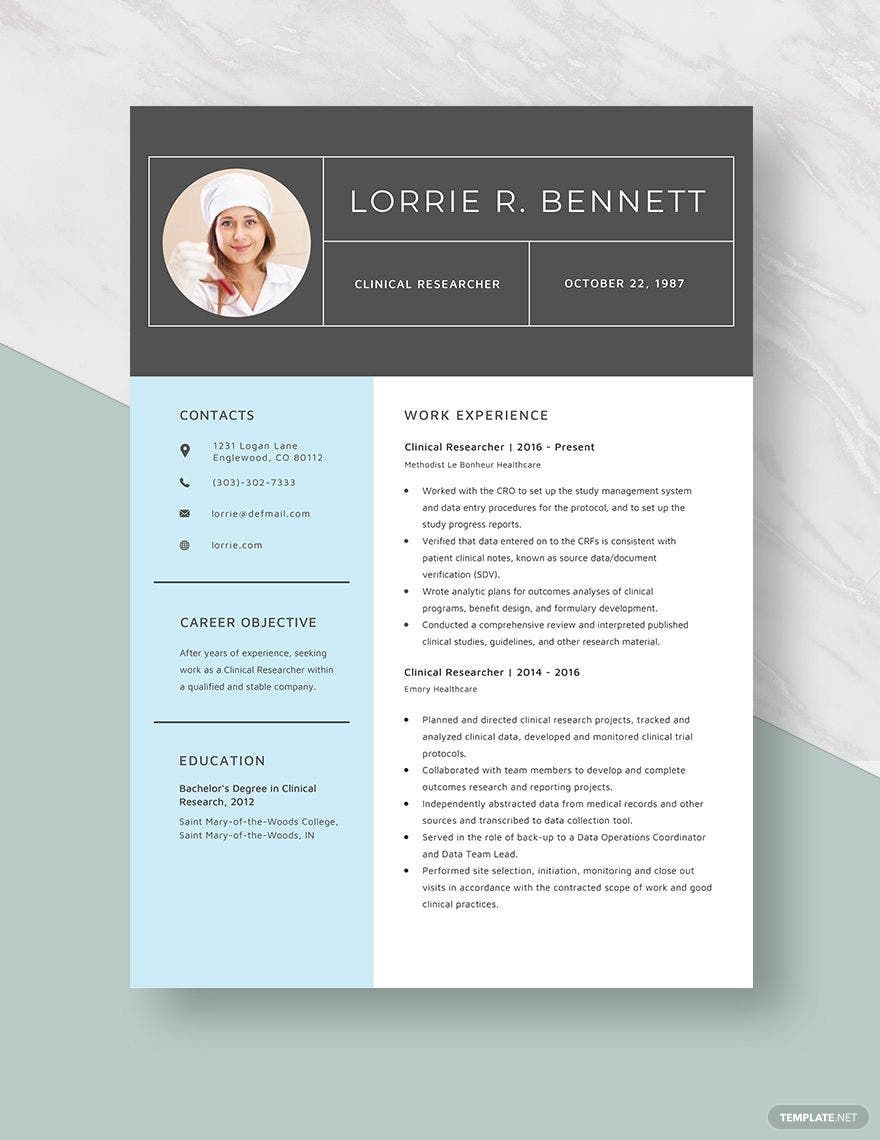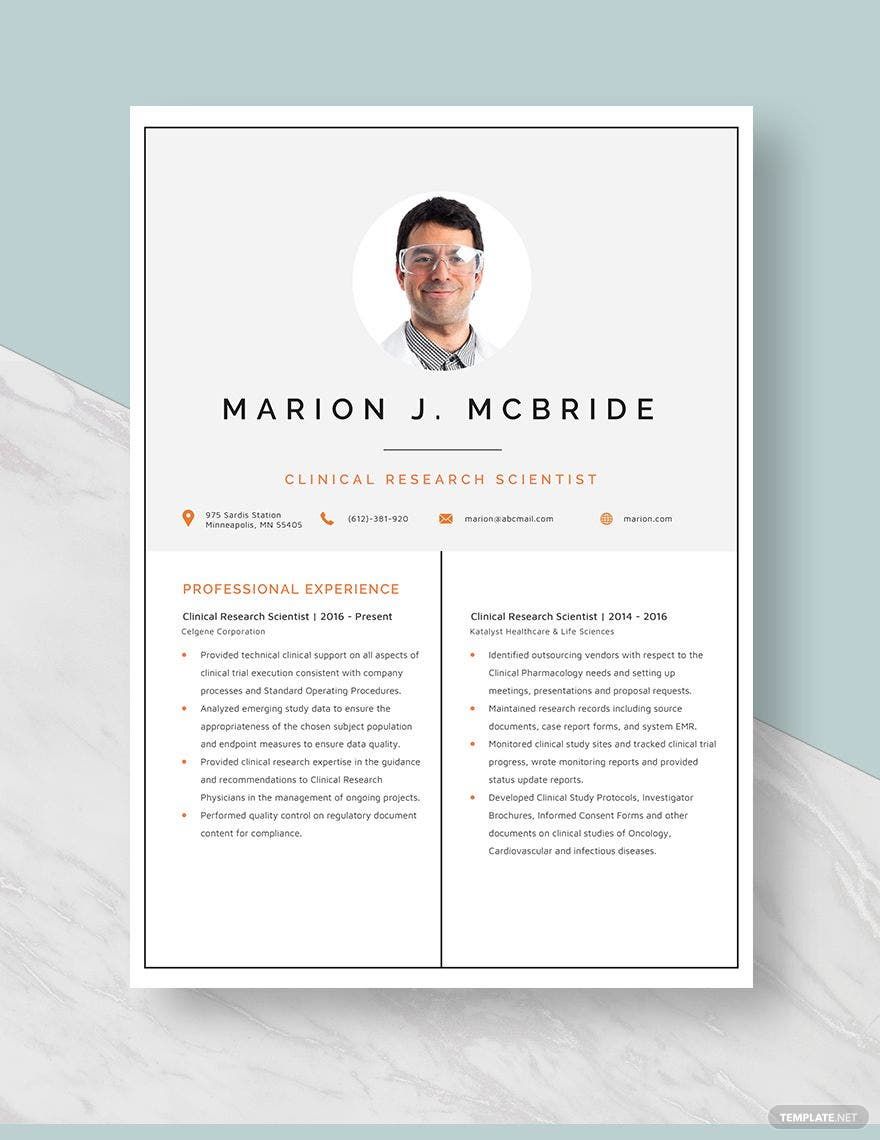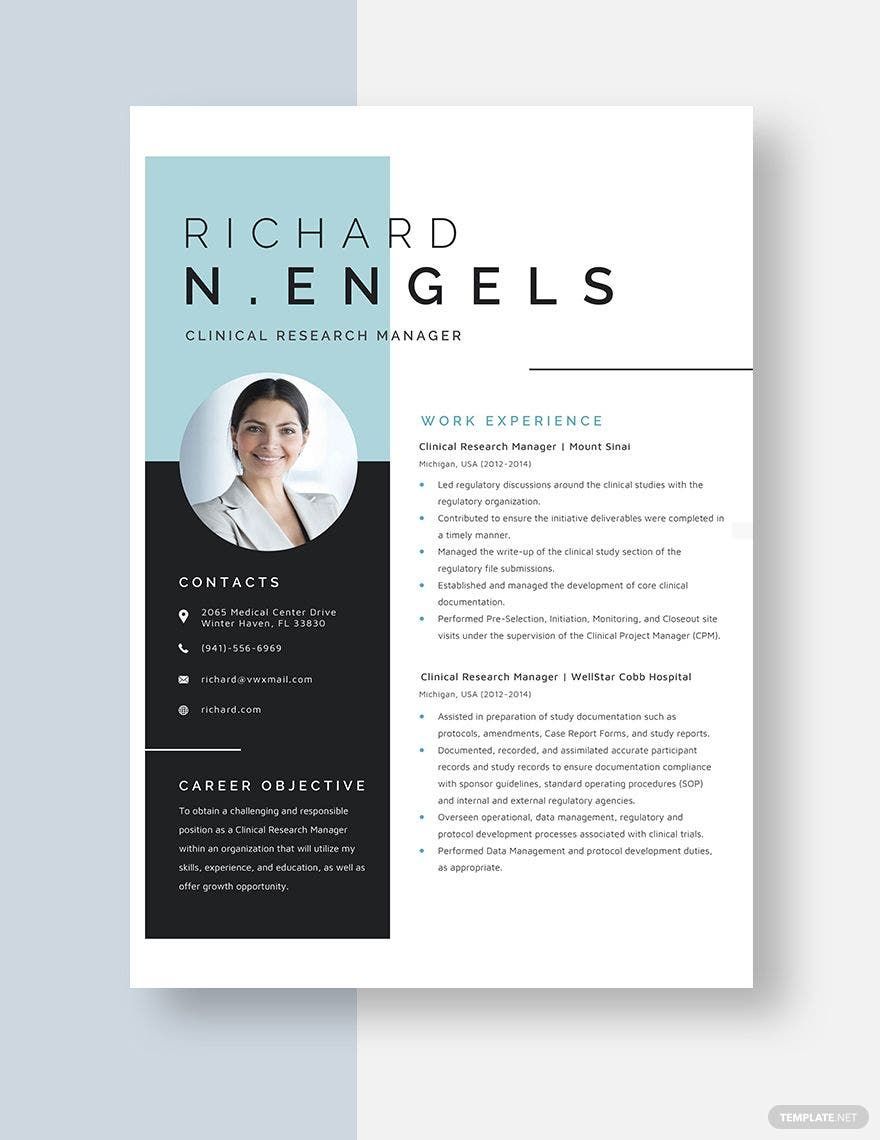Step with your best foot forward as you apply for any research-related positions with the help of our professionally created Research Resume Templates. Our ready-made templates come in MS Word (.docx) and Apple Pages file formats with an easily editable feature that guarantees you can provide all your actual pertinent information. Plus, we have provided these templates with well-researched contents that you can edit and use. Perfect for high school, undergraduate or an entry-level research position, these printable resume templates guarantee you can work conveniently and efficiently without sacrificing the overall quality of your resume. Gain full access to all our template by availing our subscription plans now!
What Is a Research Resume?
As you know, a resume is a one- or two-page formal document that itemizes an applicant's work experience, educational background, and special skills in the hopes of getting an interview callback for the job. A research resume is just like any other resume but is specifically created for a research-related position such as a research assistant, research associate, and even for research internship positions. Through the targeted format of this resume, the research experience/s of the applicant can be easily highlighted.
How to Make a Research Resume
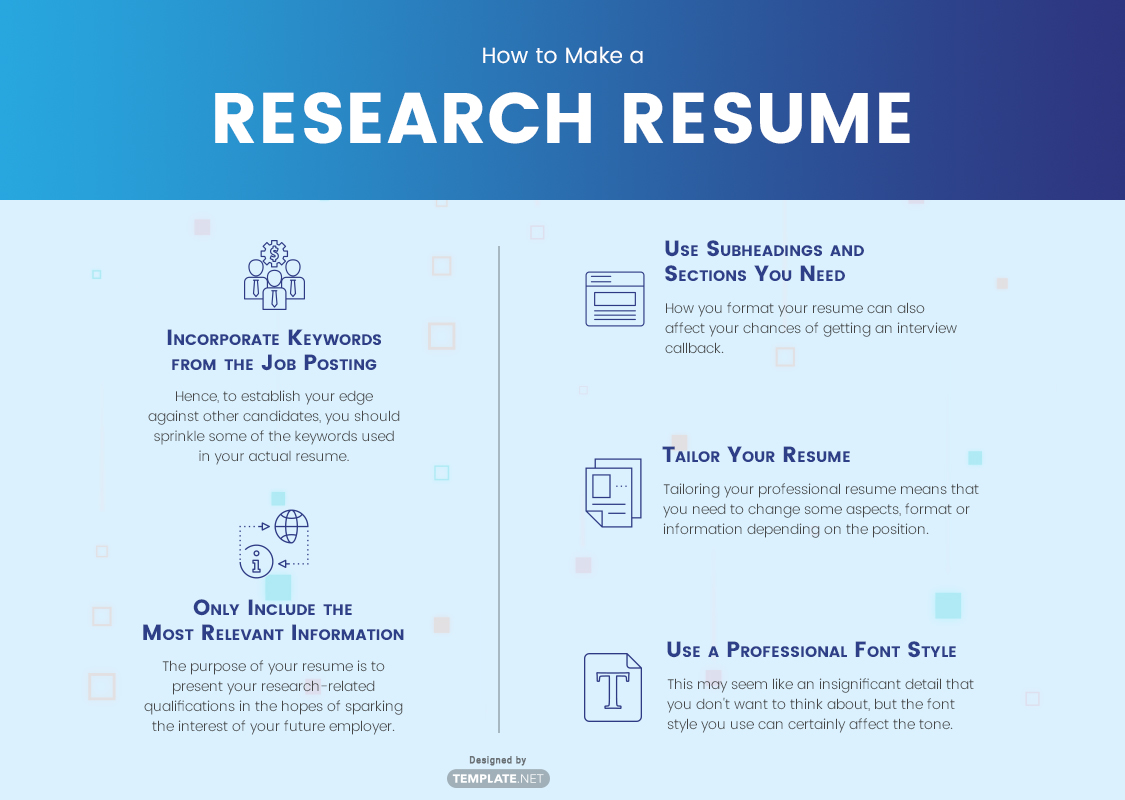
1. Incorporate Keywords from the Job Posting
What your future employer is looking for in an employee is provided on the job description in the job posting. Hence, to establish your edge against other candidates, you should sprinkle some of the keywords used in your actual resume. It is important to pay attention to the requirements or qualifications section on the job posting; this is where you'll find what the employers want, and then, you can add those skills and qualifications using the same terms.
2. Only Include the Most Relevant Information
The purpose of your professional resume is to present your research-related qualifications in the hopes of sparking the interest of your future employer. In this sense, it is important to only include the most relevant and important information regarding the position you are applying for. Since most hiring managers tend to spend only six seconds per resume, it is best to only include qualifications, especially experiences, that are less than 10 years ago.
3. Use Subheadings and Sections You Need
How you format your resume can also affect your chances of getting an interview callback. Although you can use a professionally created template, it may have more than the subheadings or sections you need or the opposite. You should only use sections or subheadings that you have relevant information. For example, if you're a college or high school student with no professional experience, it is obvious that you shouldn't include an empty work history section.
4. Tailor Your Resume
Tailoring your resume means that you need to change some aspects, format or information depending on the position and/or company that you're applying for. You need to target the contents of your resume specifically to what the company or position is looking for to gain a higher chance of getting noticed. This means that every resume you submit to various employers should be customized to suit their preferences.
5. Use a Professional Font Style
This may seem like an insignificant detail that you don't want to think about, but the font style you use can certainly affect the tone and comprehensiveness of your resume. Since hiring managers only have a short period of time to skim through your professional resume, it should be as clear and as easy to read as possible. It is highly suggested to use basic font styles such as Arial or Times New Roman in 10 and 12 point sizes.

